The best monoculars in 2025: perfect for when binoculars are just too big
The best monoculars give you the same magnification as binoculars but in a smaller, simpler package
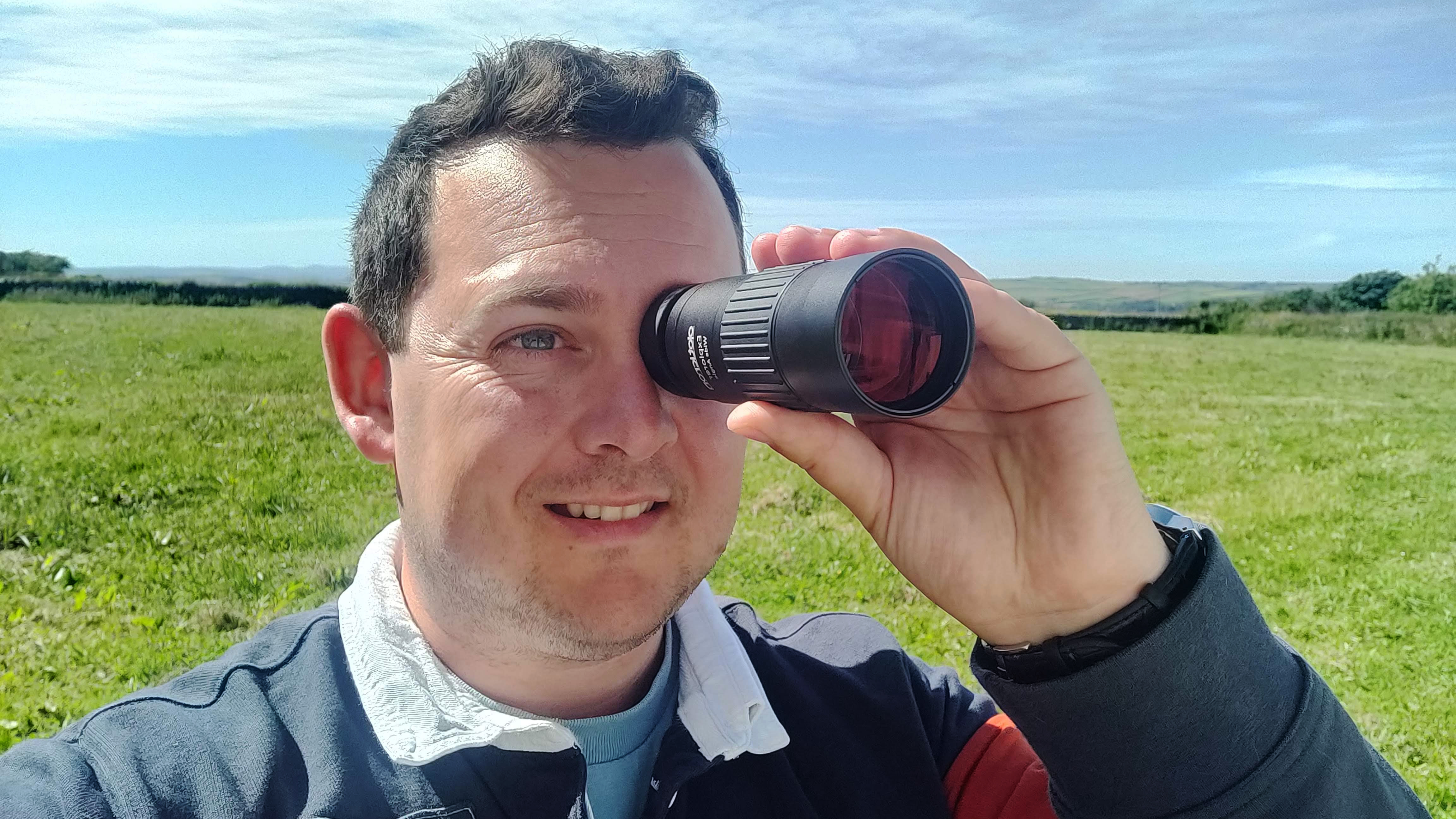
Monoculars have long been a go-to choice for those who find traditional binoculars cumbersome or struggle with aligning twin eyepieces. Compact, lightweight, and easy to use, these single-barrel scopes offer a practical solution for various outdoor pursuits from birdwatching and wildlife observation to keeping an eye on the action at sporting events.
Unlike binoculars, which demand both eyes to work in harmony, monoculars deliver the same levels of magnification to just one eye, making them ideal for quick, spontaneous viewing without the bulk. They're also far easier to slip into a jacket pocket or stow in a small bag. And if you're after even more reach, it might be worth exploring the best spotting scopes for their higher magnification potential.
In this guide, I’ve focused on monoculars that combine solid construction with everyday usability - tools that can take a few knocks and still deliver sharp, clear views in the field. Magnification varies across models, and I’ve included a broad spread to suit different needs and preferences. Whether you’re just getting started or looking to upgrade, there’s something here to suit every budget.
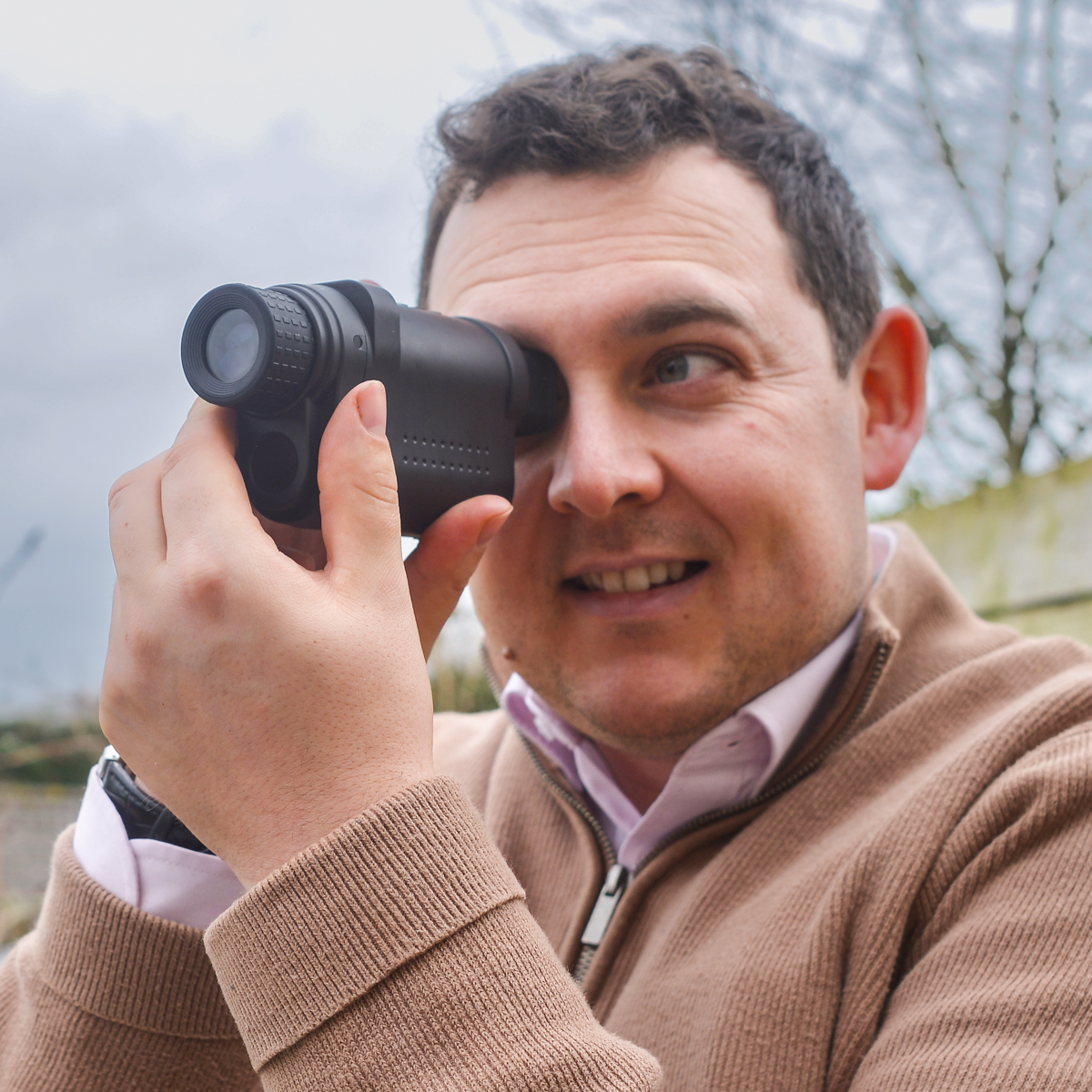
Sebastian is a big country sportsman who can be often found in or around the shooting field, sailing on the open sea, or taking part in other country pursuits, and quite often has either a pair of binoculars, a monocular, or a scope in his hand.
The Quick List
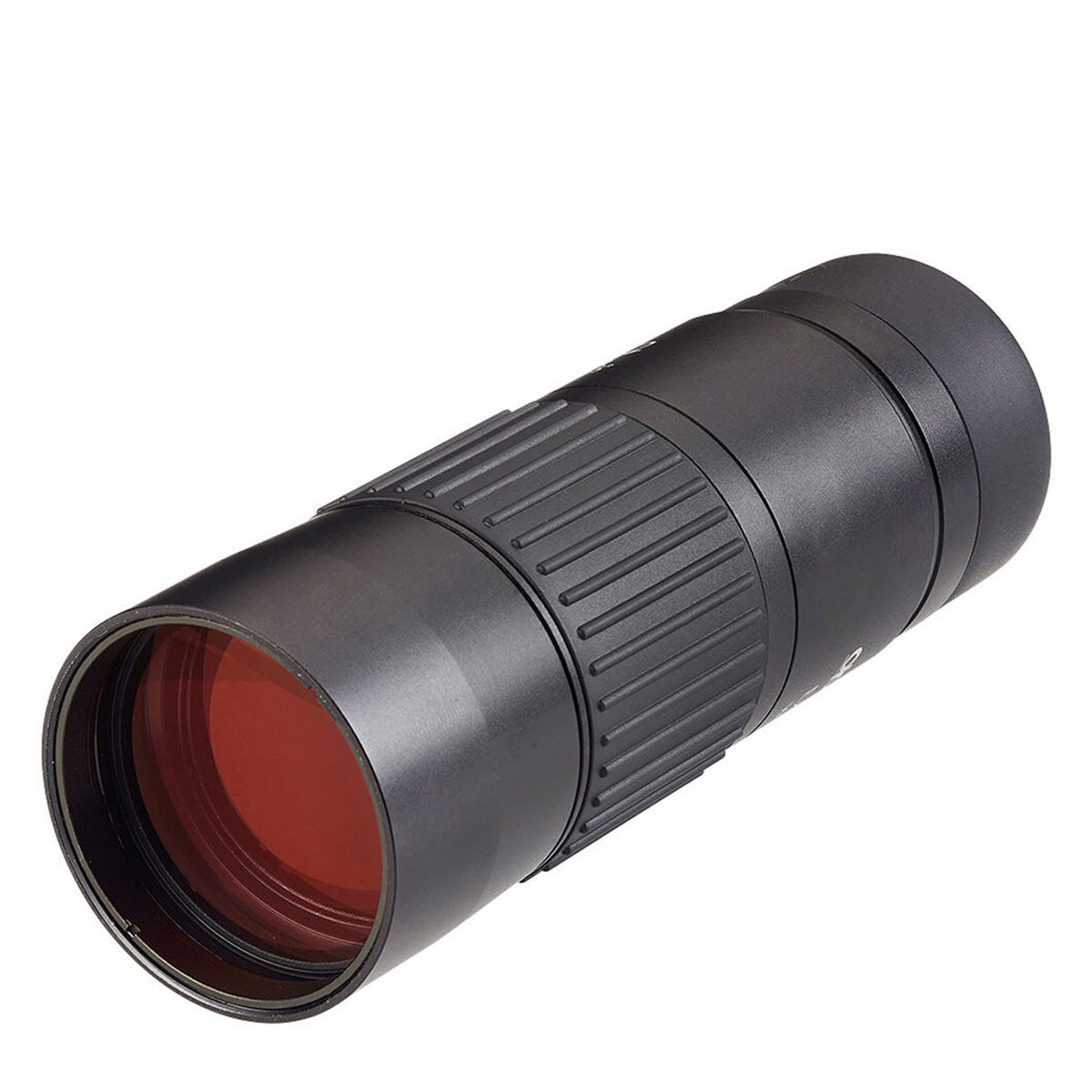
An affordable, well-made optic that meets all the basic requirements you’d expect from a good monocular. Read more below...
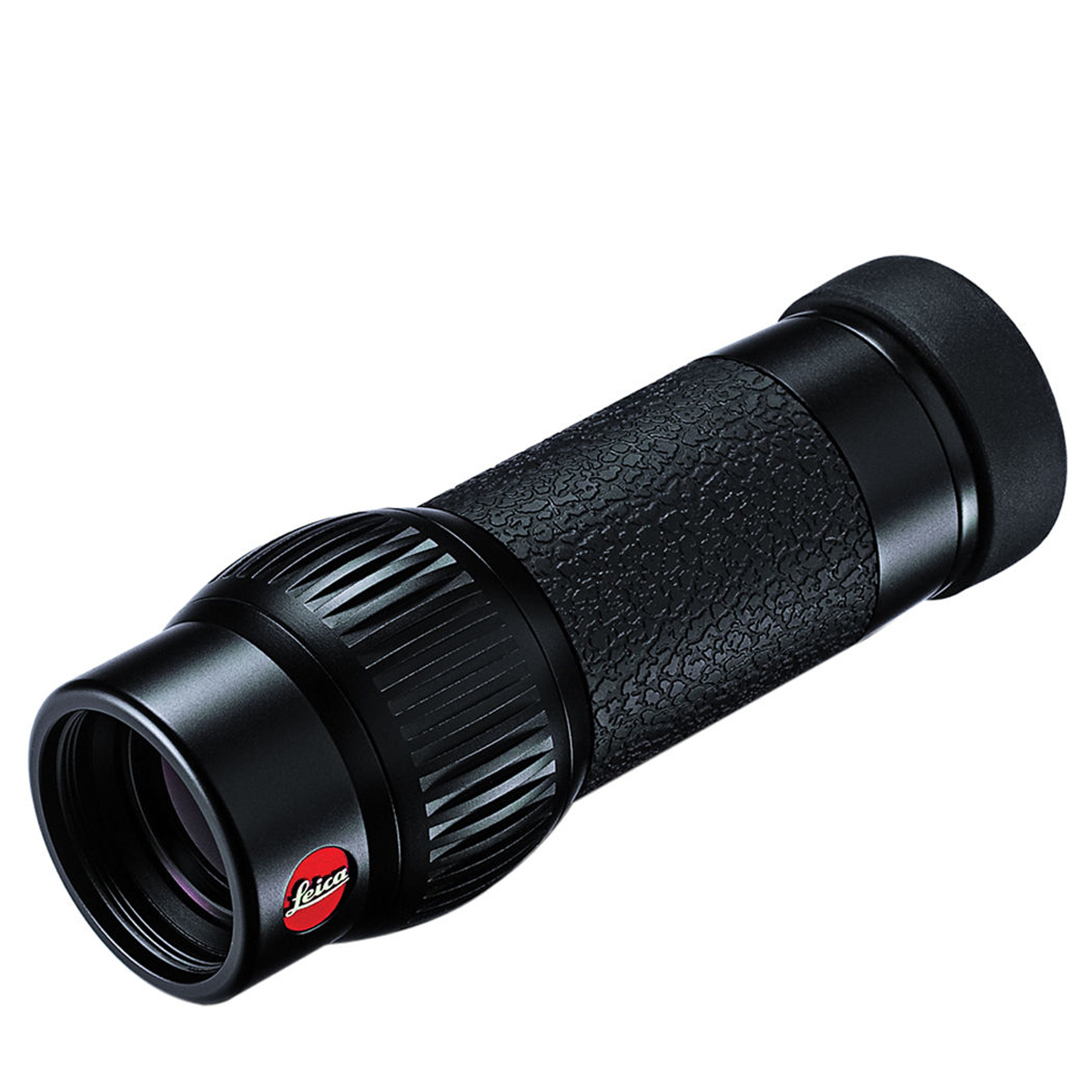
Made to the most exacting standards, this Leica monocular is an investment, but every detail has been considered. Read more below...
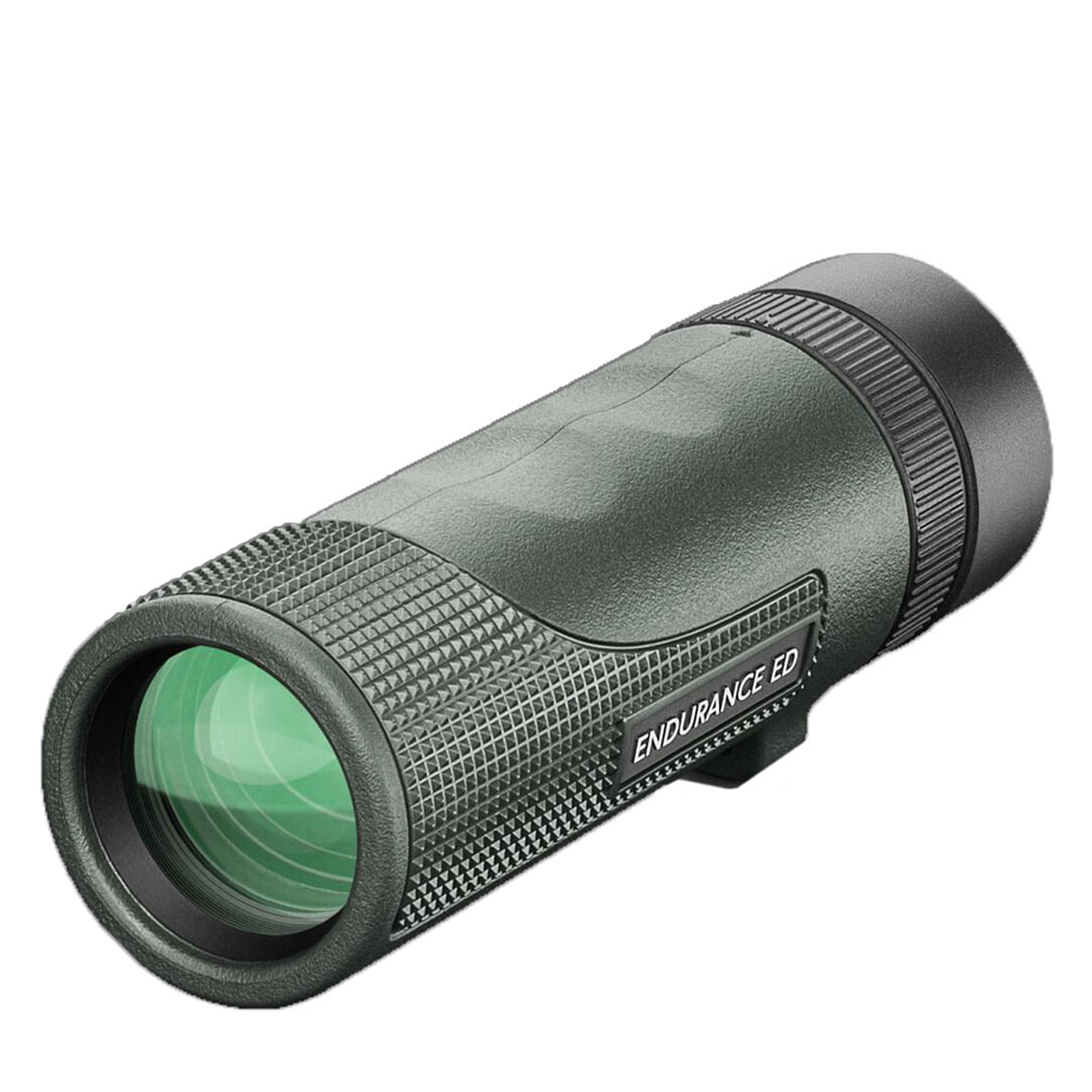
The mid-priced Hawke Endurance ED 8x25 is a general-purpose monocular that's perfect for travels, weighing in at just 150g. Read more below...
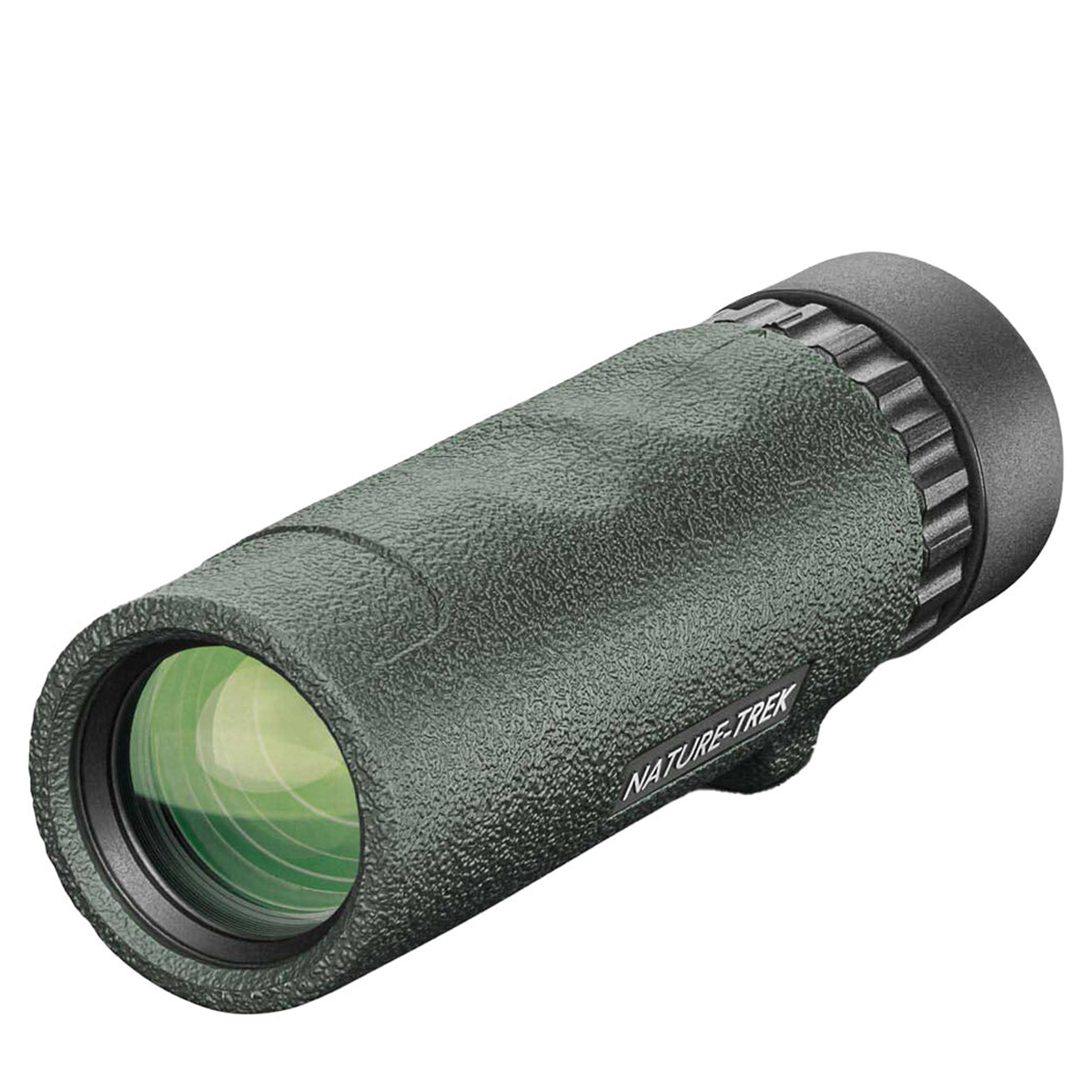
For the casual bird watcher or nature lover, this monocular offers a clear and sharp picture with minimal fringing. Read more below...
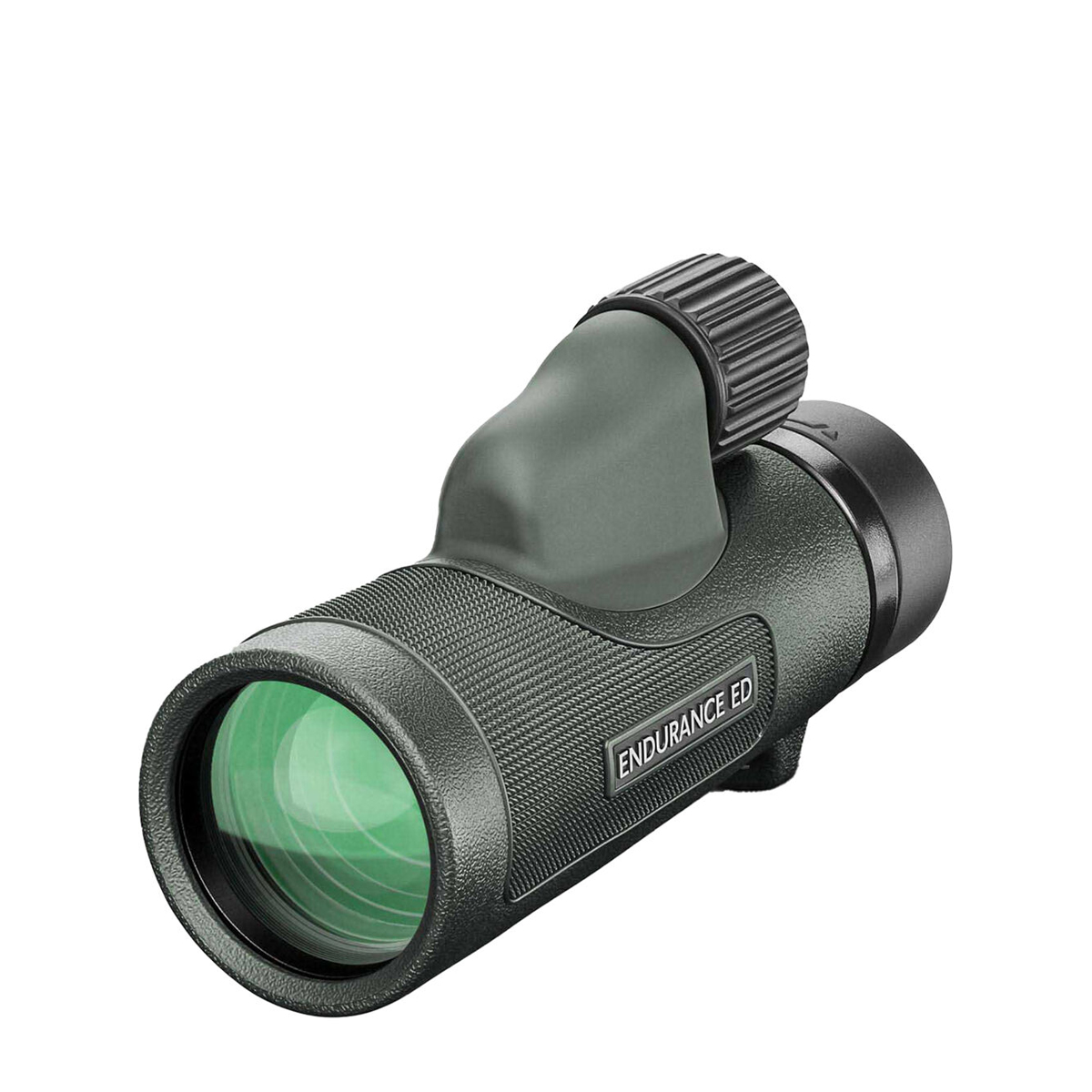
When you’re out in the wilds and the weather’s turned, you can keep using this monocular without a care. Read more below...
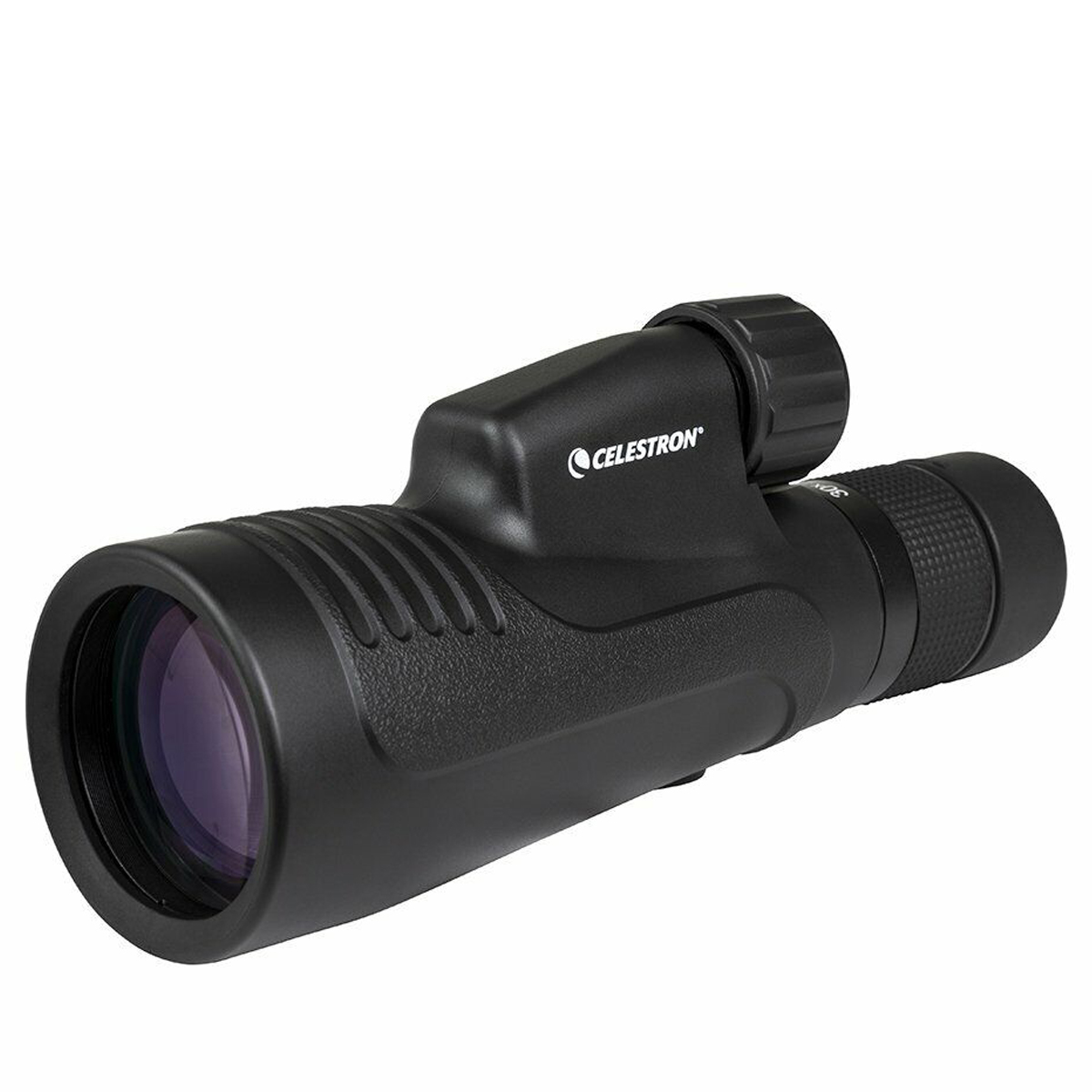
The reason this is bigger than the average monocular is that it has an optical zoom with up to 30x magnification. Read more below…
View the full list ⤵

A tough rubber enclosure can take some hard knocks, while waterproofing and fogproofing handles bad weather. Read more below…
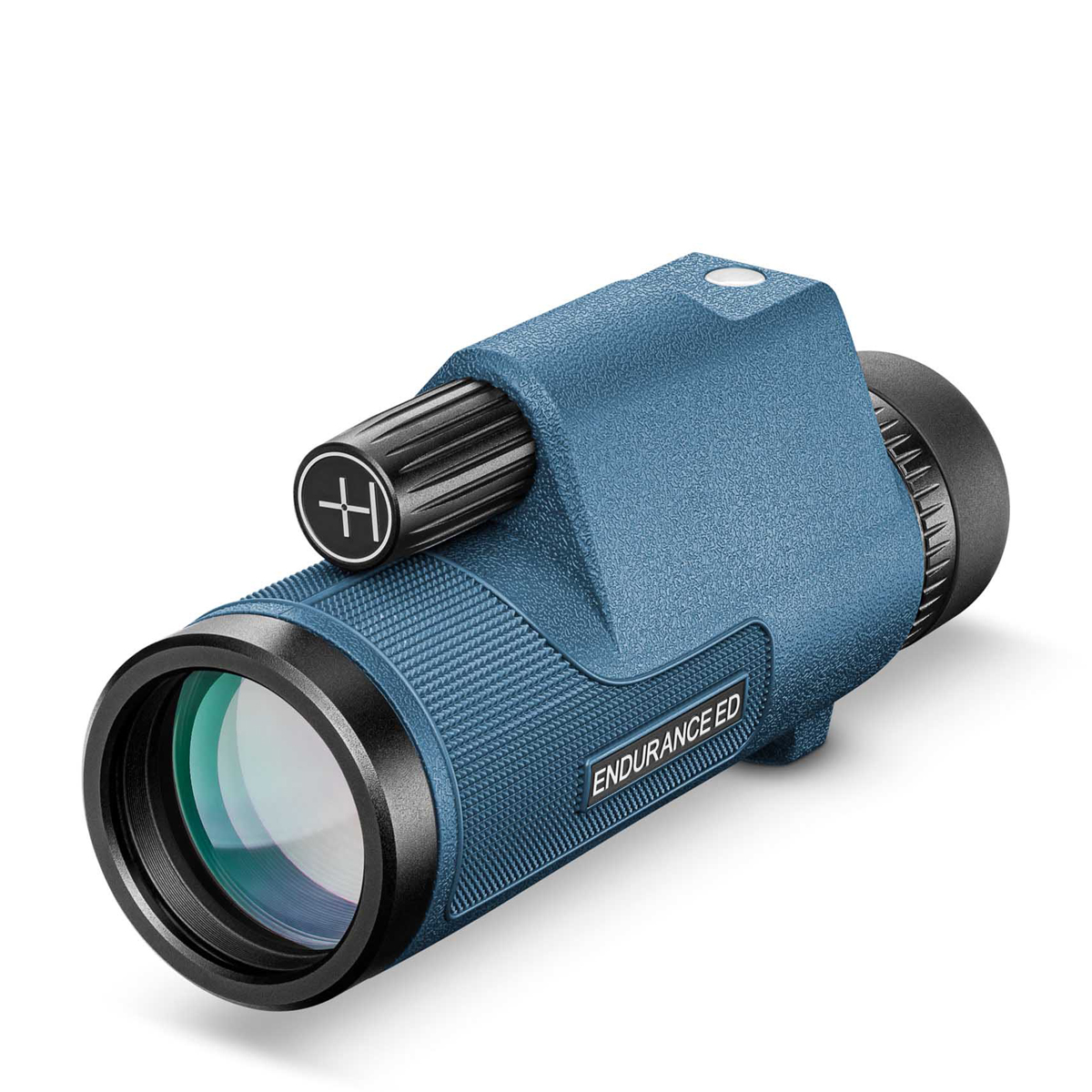
It’s made for maritime, with bonus features like a high-viz floating strap and a reticle to help with navigation. Read more below…
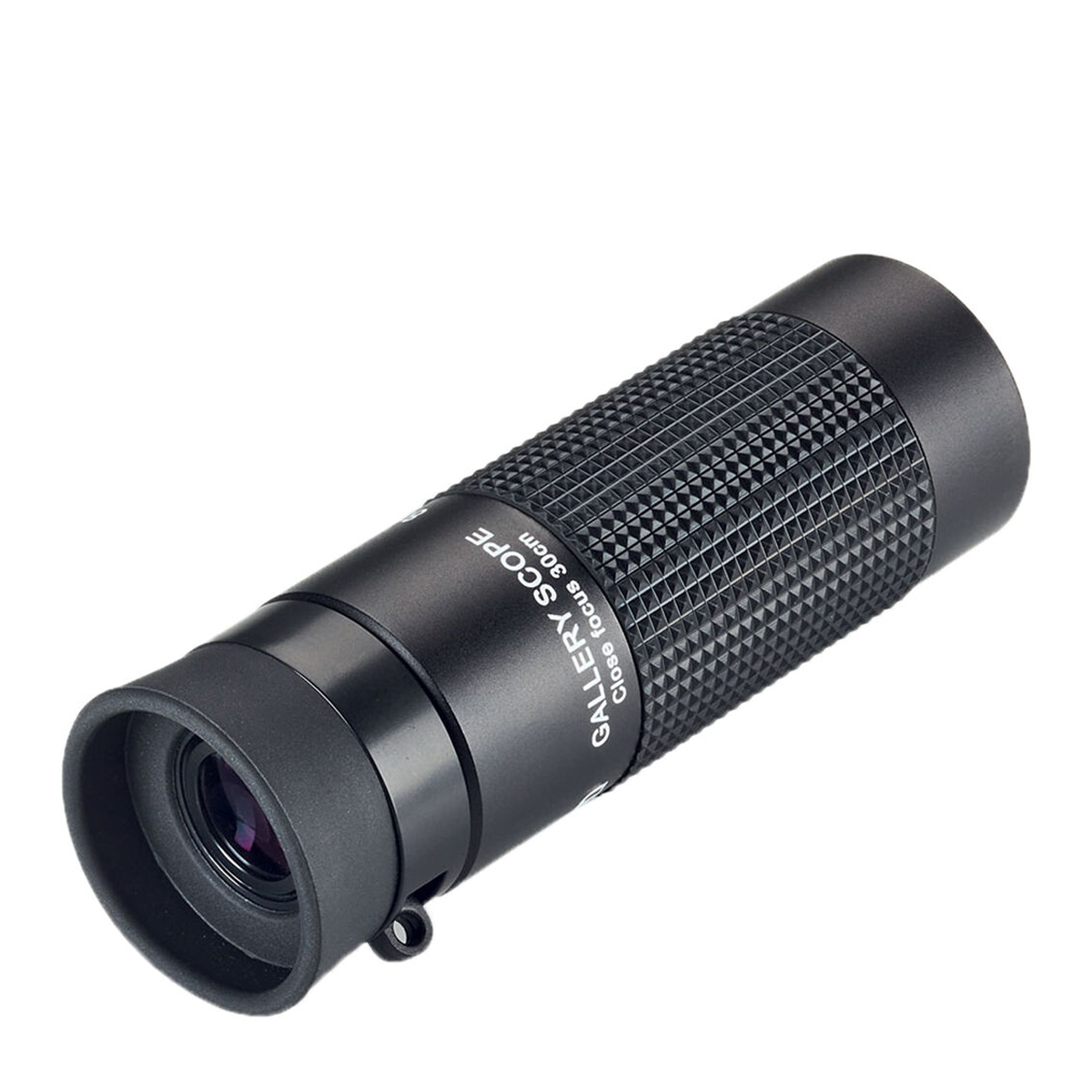
It’s like a microscope and a telescope in the same package, letting you view nearby dust specks or the distant horizon. Read more below…
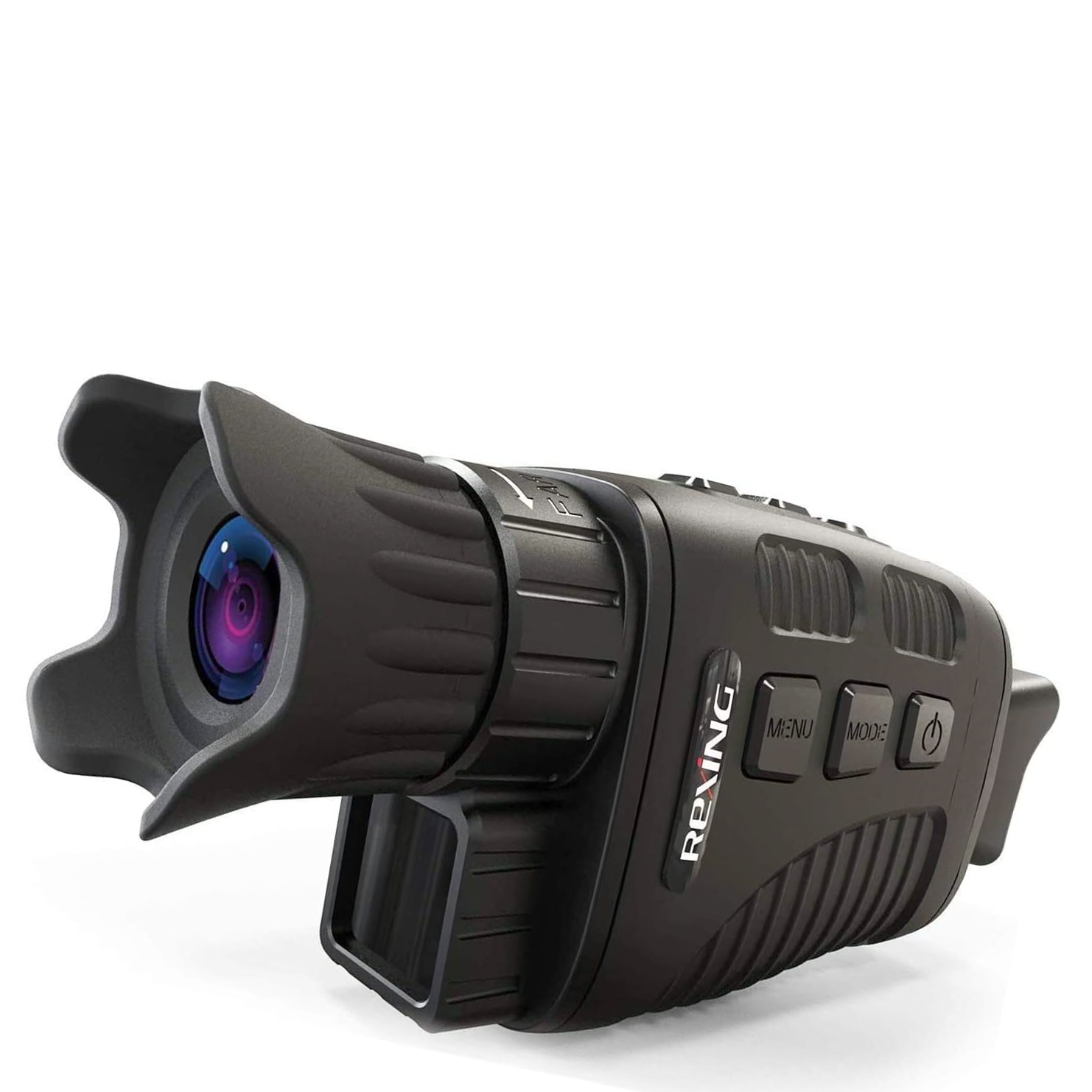
This best option for those wanting a monocular for night vision, but are on a strict budget.
Read more below...
The best monoculars
Why you can trust Digital Camera World
Best overall
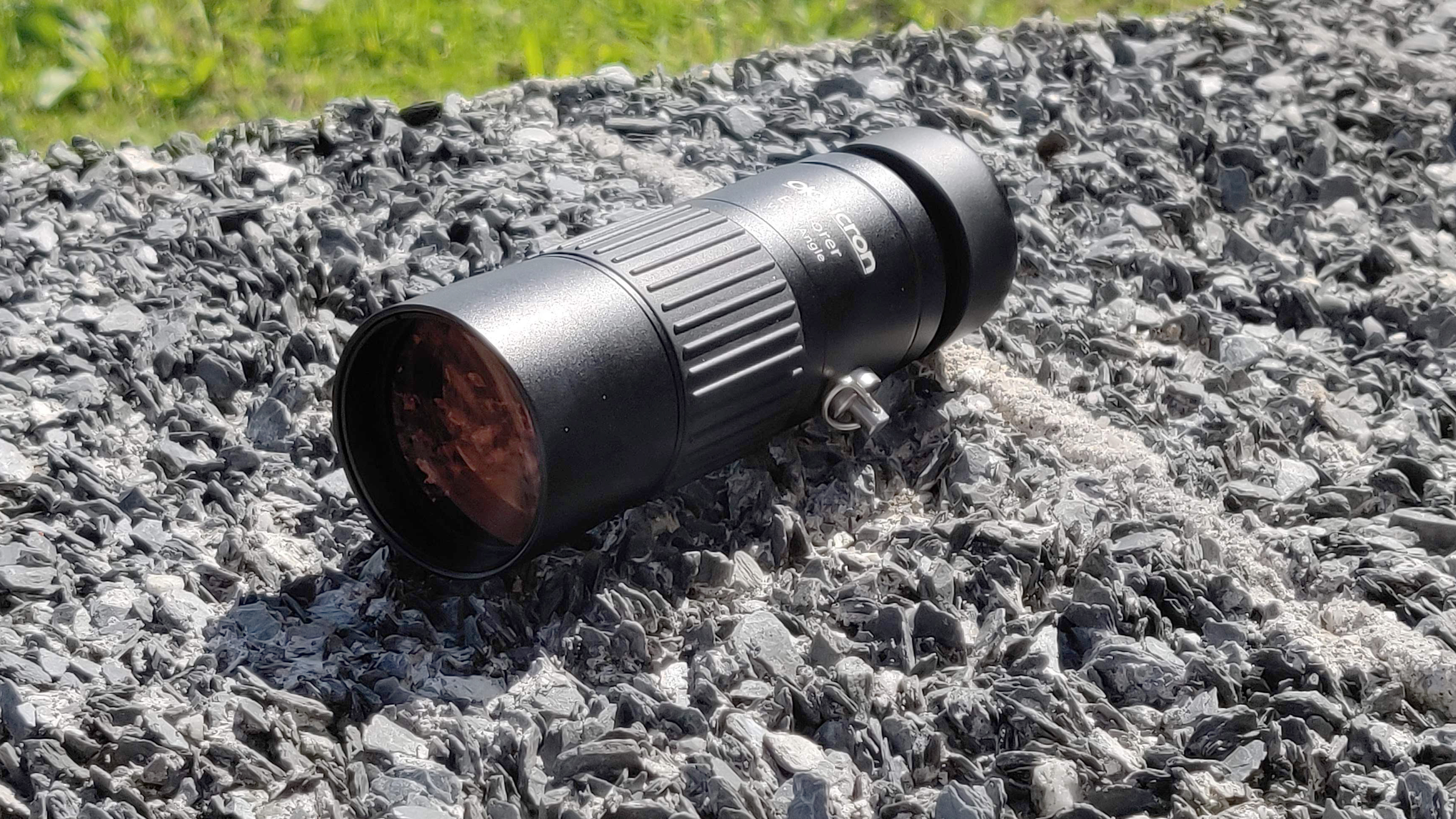
Specifications
Reasons to buy
Reasons to avoid
✅ Compact and Durable: The monocular is compact and solidly built, designed to withstand regular use in the field.
✅ Affordable Price: The Opticron Explorer WA ED-R 8x42 offers good value for money, making it accessible for general monocular users.
❌ Slight Magenta Color Cast: The monocular produces a slight magenta tint in the images, which might affect color accuracy.
❌ Flimsy End Caps: The end caps feel rather flimsy, which could be a concern for long-term durability.
This affordable model covers all the basics that general monocular users are likely to care about most. It has a decent range of up to 100m, with nitrogen-filled optics to prevent condensation on the glass. It’s also compact yet solidly built, so it should withstand plenty of use in the field.
I do have some small complaints, like the slight magenta colour cast and what feel like rather flimsy end caps, but overall this is a great-value monocular that gets the job done.
Read more: Opticron Explorer WA ED-R 8x42 review

Best premium option
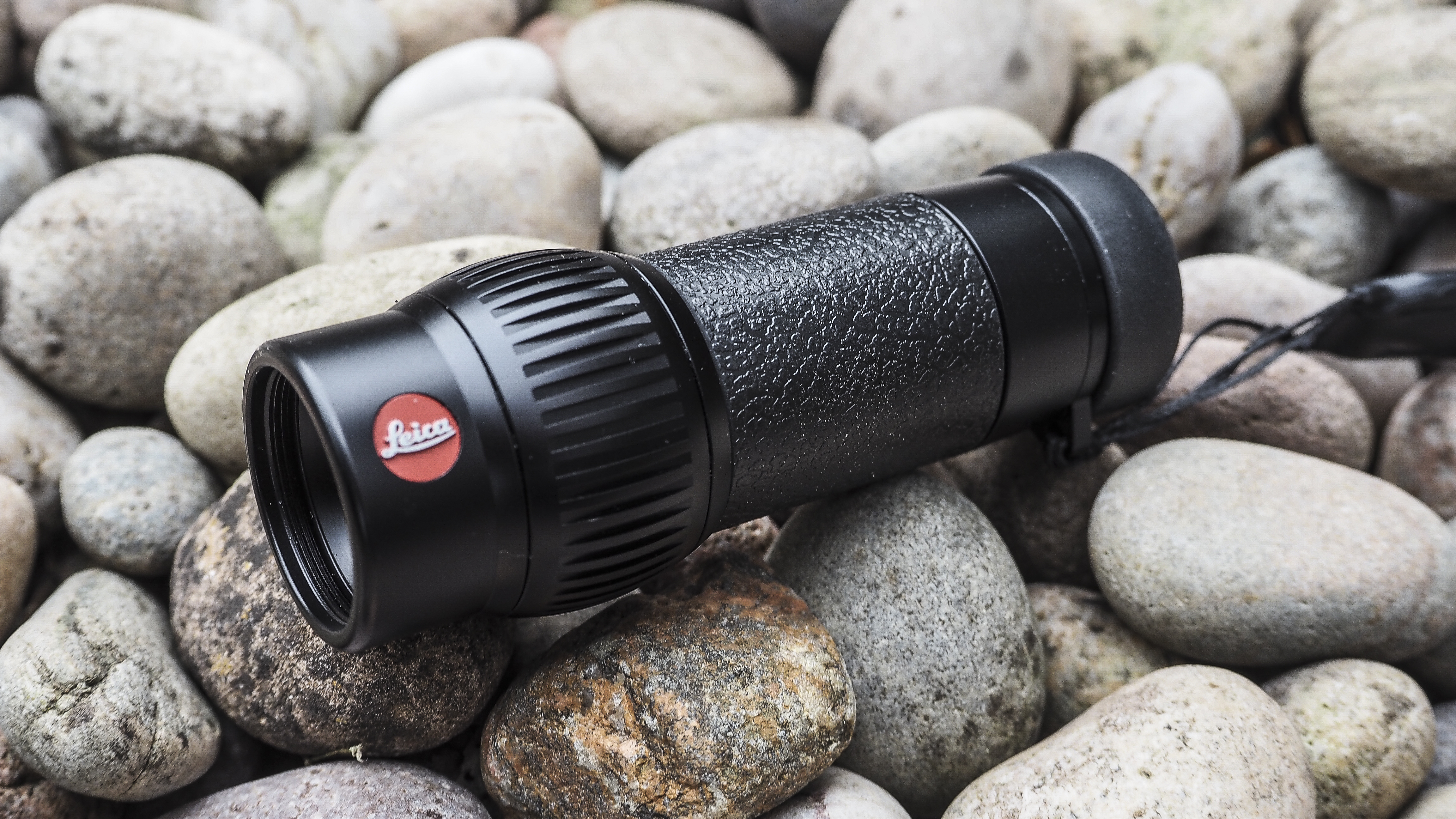
Specifications
Reasons to buy
Reasons to avoid
✅ Exceptional Build Quality: The Leica Monovid 8x20 is handcrafted with a strong yet lightweight aluminum housing, offering unparalleled build quality and style.
✅ Close-Up Lens Included: The included close-up lens allows for 8x magnification at distances as close as 25cm, adding versatility for detailed observations.
❌ High Price: The Leica Monovid 8x20 comes with a premium price tag, significantly more expensive than factory-made monoculars, which may put it out of reach for budget-conscious users.
❌ Insurance Consideration: Due to its high value, users might need to consider adding it to their list of insured items, reflecting its expensive nature.
When you buy a handcrafted Leica product you expect a build quality like no other, along with a splash of style and elegance – that's very much the case with the Monovid offering.
This monocular’s strong yet portably lightweight aluminum housing (just 112g in weight) is nitrogen-filled to prevent internal fogging, whatever climate it’s being used in. Meanwhile, the waterproofed construction allows observers to submerge it in water up to depths of almost 5 meters. That makes the Leica Monovid 8x20 much better than just being splash-resistant.
In the provided cylindrical carry case, you also get a close-up lens offering 8x magnification at distances as close as 25cm. Despite being as compact as a tube of Smarties, the observer will be treated to fine detail through this monocular. What's more, the Monovid 8x20 is comfortable to use too, thanks to a rugged surface, 15mm eye relief, and handy central focusing knob.
You might be getting class-leading performance, but you'll need to pay top dollar for it. The Leica Monovid 8x20 is much more expensive compared to factory-made units, so much so you might want to add it to your list of insured items.
Read more: Leica Monovid 8x20 monocular review
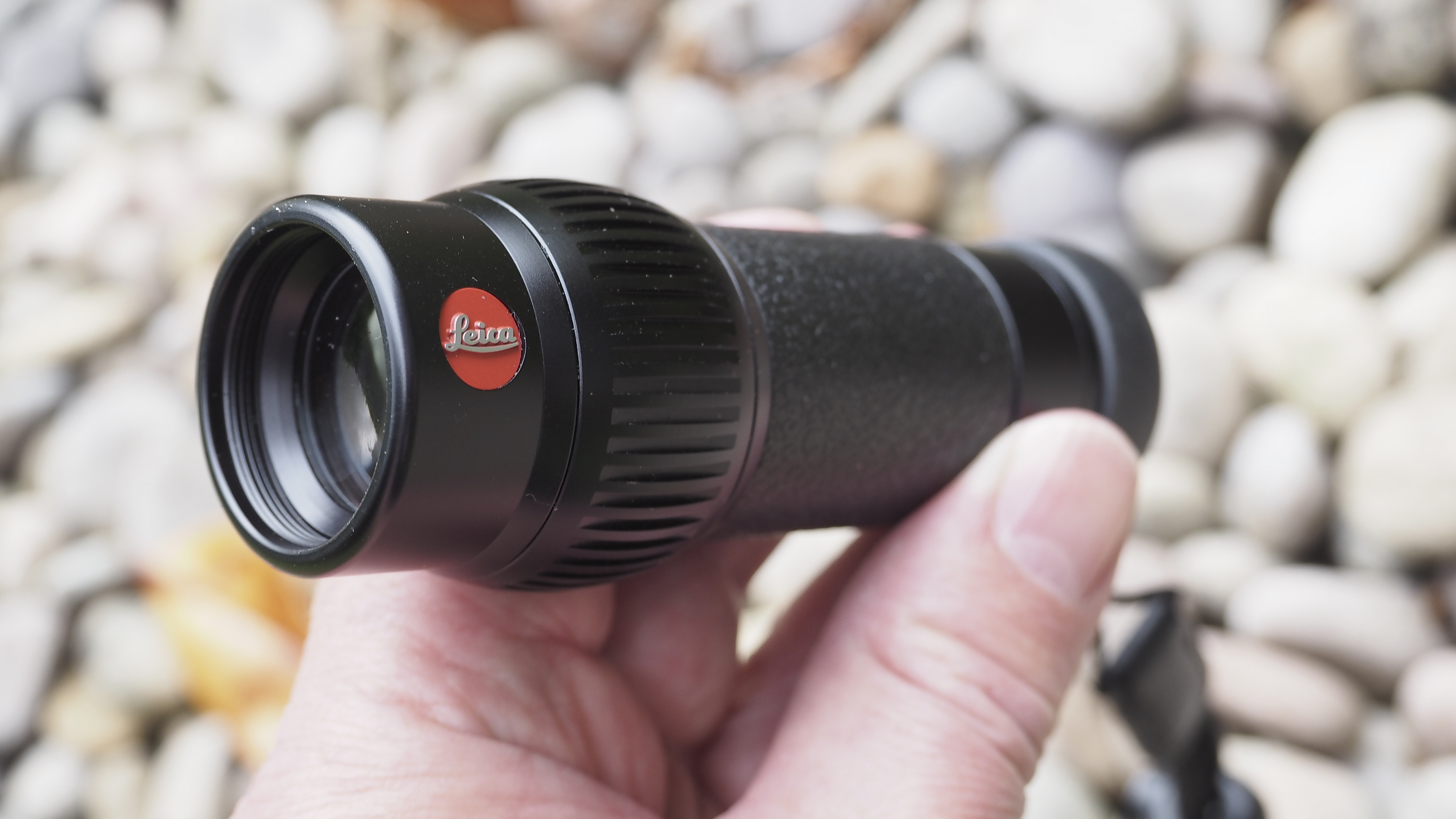
Best for travel
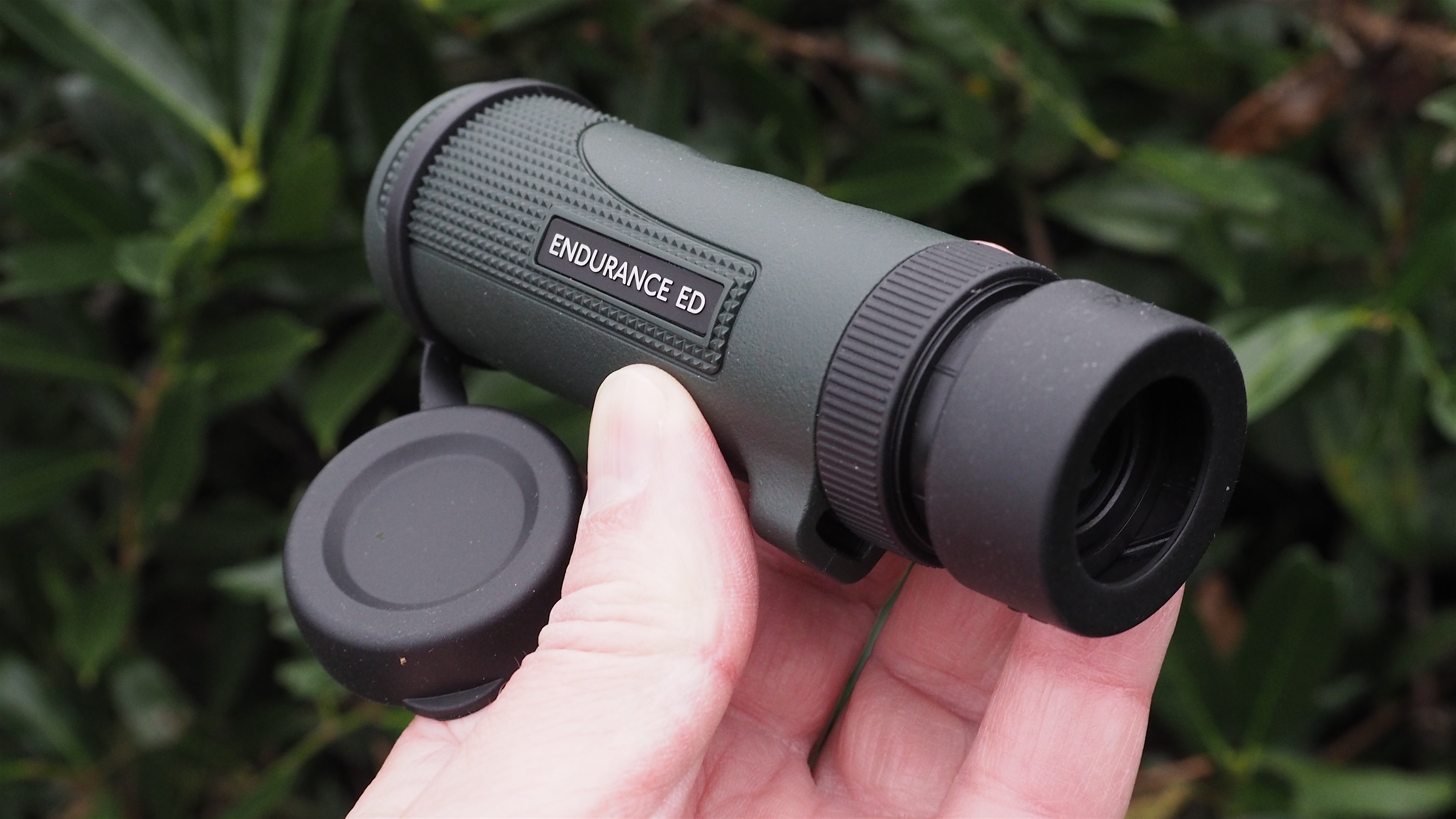
Specifications
Reasons to buy
Reasons to avoid
✅ Wide-Angle Field of View: The monocular offers a wide-angle field of view, enhancing its versatility for general-purpose use.
✅ Ergonomic Design: A roughened rubber-coated surface ensures a firm grip, while the one-handed focusing mechanism allows for easy adjustments with a focus ring that provides just the right amount of resistance.
❌Mid-Level Magnification: The 8x magnification might be insufficient for those needing higher magnification, though a 10x option is available from the same manufacturer.
❌ Potentially Limited for Specialized Use: While excellent for general-purpose use, it may not meet the needs of those requiring specialized optics for more demanding applications.
The mid-priced Hawke Endurance ED 8x25 is an ideal general-purpose monocular that's perfect for travels, weighing in at just 150g. This well-made piece of kit provides a wide-angle field of view and a decent 8x magnification (if you need more magnification there’s also a 10x option in the same manufacturer’s range).
The good light transmission of this monocular offers bright and clear images, while the inclusion of ED (Extra-low Dispersion) glass reduces color fringing and provides exquisite detail when observing a variety of targets.
A roughened rubber-coated surface offers a firmer grip, and focusing is a one-handed affair thanks to a focus ring just in front of the eyecup. The focuser isn't too stiff and provides enough resistance for fine-tuning your sights.
A lens cloth, lens cover, lanyard, and carry case are all supplied with the Hawke Endurance ED 8x25, boasting a well-rounded package for a reasonable price.
For more details read our Hawke Endurance ED 8x25 review
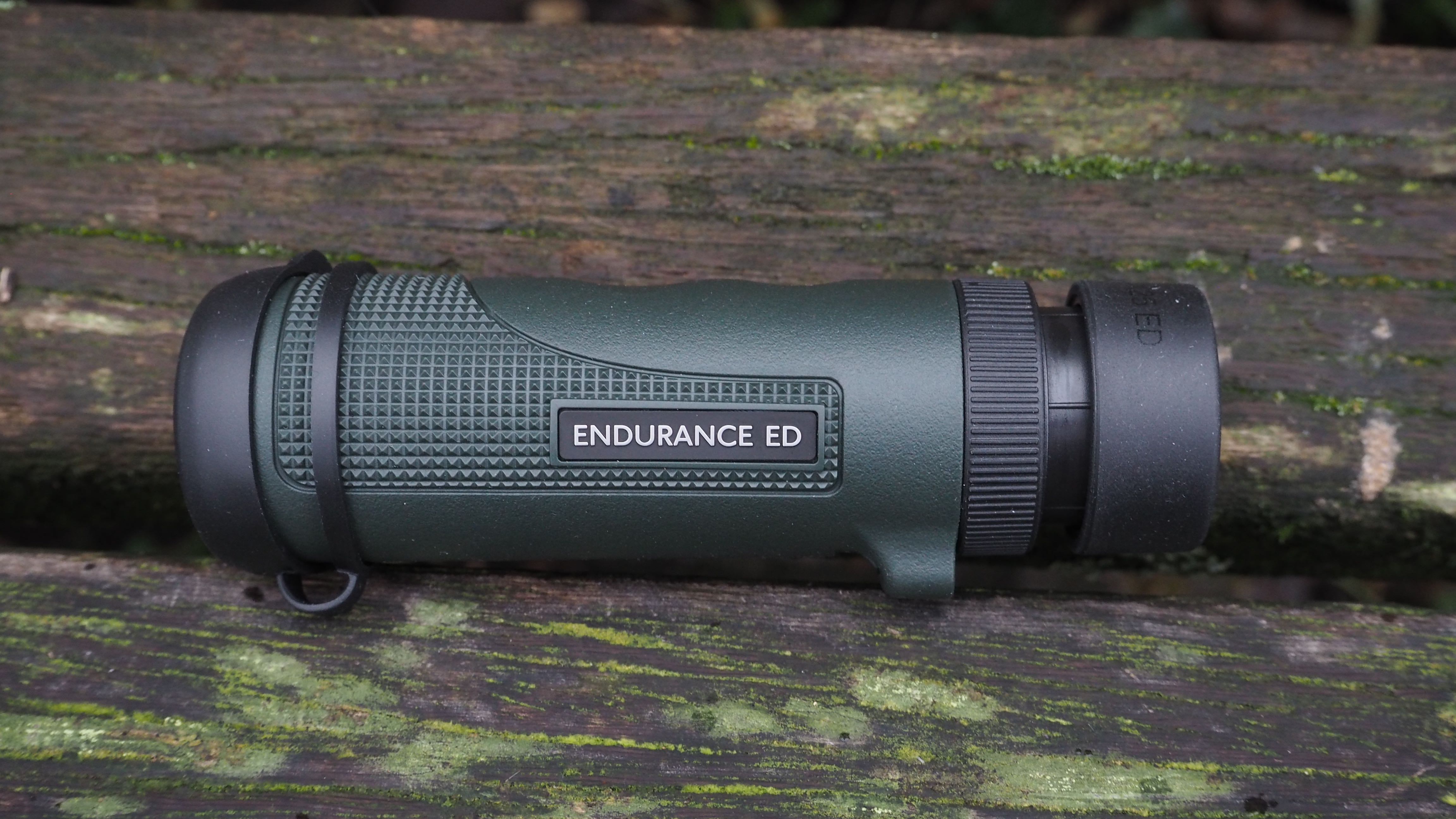
Best for birdwatching
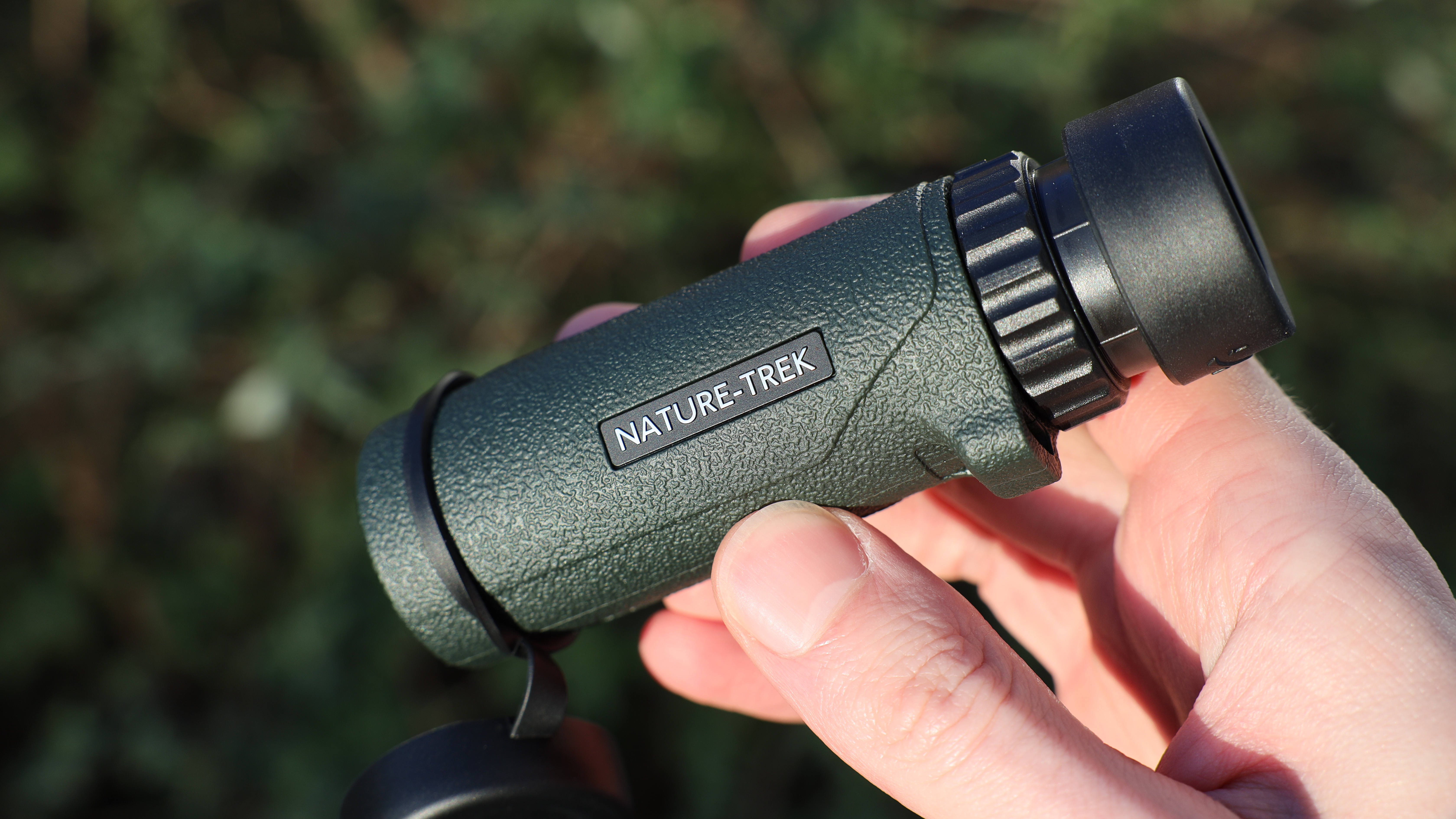
Specifications
Reasons to buy
Reasons to avoid
✅ Sharp and Clear Image: Provides a sharp and clear picture with minimal fringing, ensuring good image quality for casual use.
✅ Convenience: Its compact and convenient design makes it easy to carry and use on the go, ideal for spotting interesting subjects quickly.
❌ Limited Magnification: The magnification may not be as high as other options, which could be a drawback for users needing more zoom capability.
❌ Basic Features: While convenient, it lacks some advanced features found in higher-end models, making it less suitable for specialized or demanding applications.
Here’s a strong option for casual use, when you want to have something to hand in case you spot something interesting. I found the picture to be sharp and clear, with only a little fringing evident.
Its low price doesn’t mean it’s cheaply made. A textured body provides plenty of grip, while waterproofing and nitrogen purging to prevent condensation are also very welcome.
You can find better magnification and a wider field of view elsewhere, but this is hard to beat for sheer convenience.
Read more: Hawke Nature Trek 8x25 monocular review
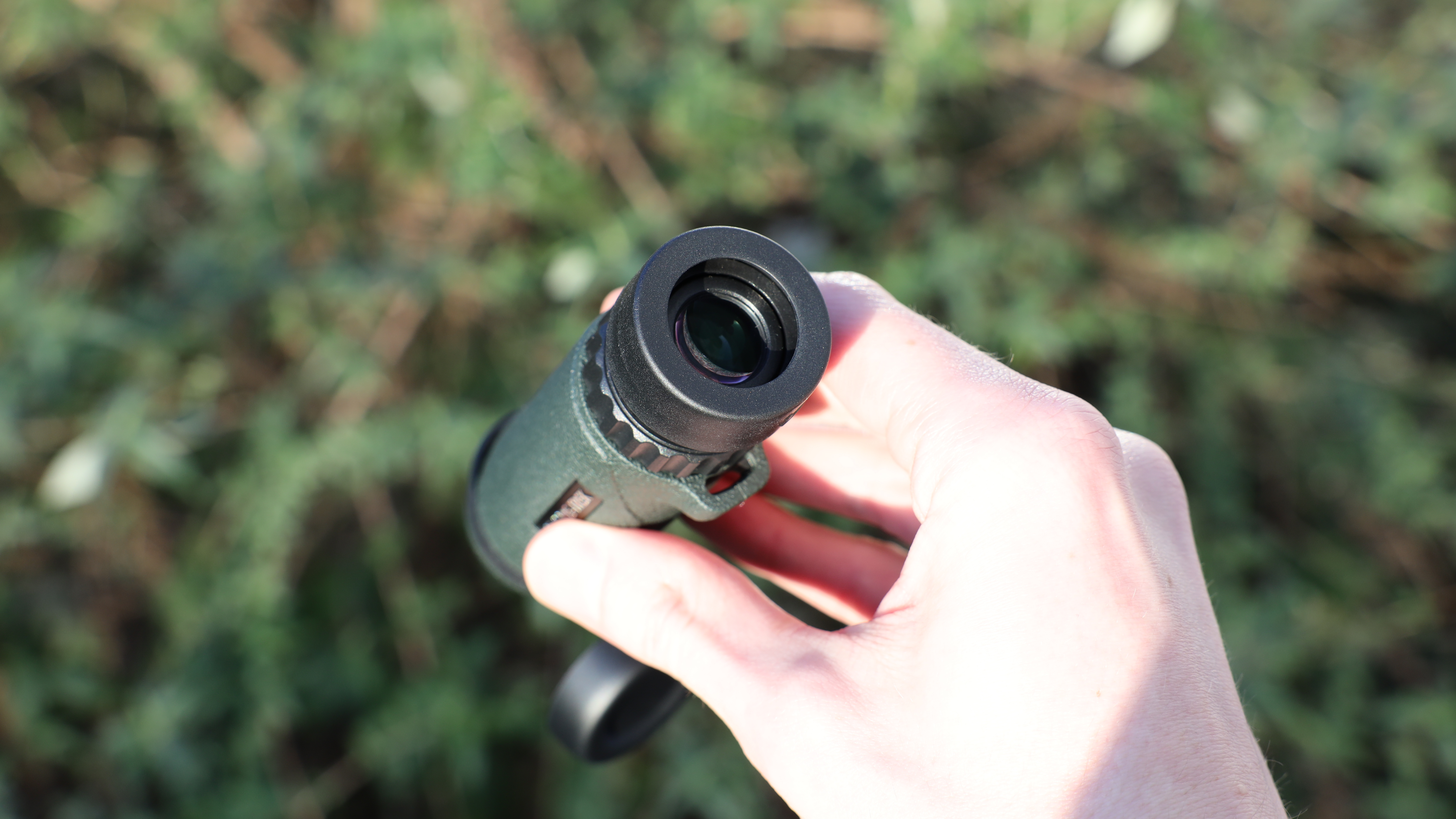
Best waterproof option
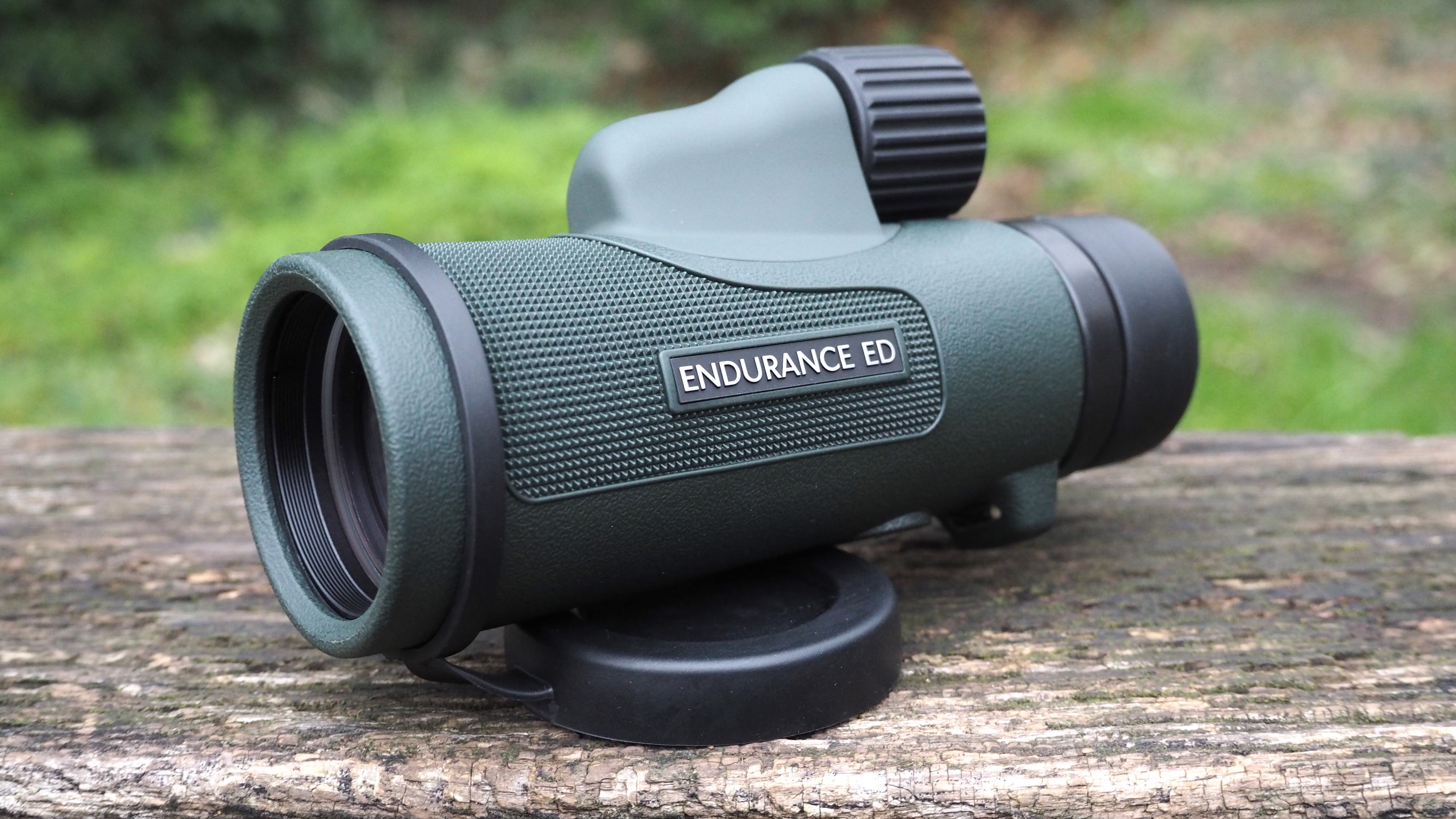
Specifications
Reasons to buy
Reasons to avoid
✅ High-Quality Build: Features a rubber-coated exterior and overall excellent build quality, ensuring durability for outdoor enthusiasts.
✅ Lightweight and Portable: At just 320g, it is easy to carry, adding to its convenience for field use.
❌ Limited Magnification: The 8x magnification might be insufficient for users needing higher zoom levels for more detailed observations.
❌ Tripod Mounting Issue: The existing tripod thread position is less supportive than desired, requiring the purchase of a separate ball and socket head for secure mounting.
Looking for a great waterproof monocular? The Hawke Endurance 8x42 has a multi-coated lens, a rubber-coated exterior, and a wide field of view – and can be used in the wet as well as the wilds, as its Endurance name suggests. The overall build is of excellent quality and will last wilderness enthusiasts for many observing sessions to come.
The 8x magnification gives you a great all-purpose view of what's in the bushes, or on the horizon. Observations are a suitably bright image that boasts clarity thanks to the light-gathering prowess of the multi-coated 42mm objective and the phase-corrected glass prisms, BAK-4 prisms.
Due to its light weight of 320g, the monocular is easily carried. The focusing knob is smooth to operate and can be fine-tuned enough to ensure that images are critically sharp. Our only criticism is that if you're looking to mount the monocular to a tripod, you'll need to purchase a ball and socket head: the position of the existing thread isn't as supportive as we'd hoped.
Read more: Hawke Endurance ED 8x42 review
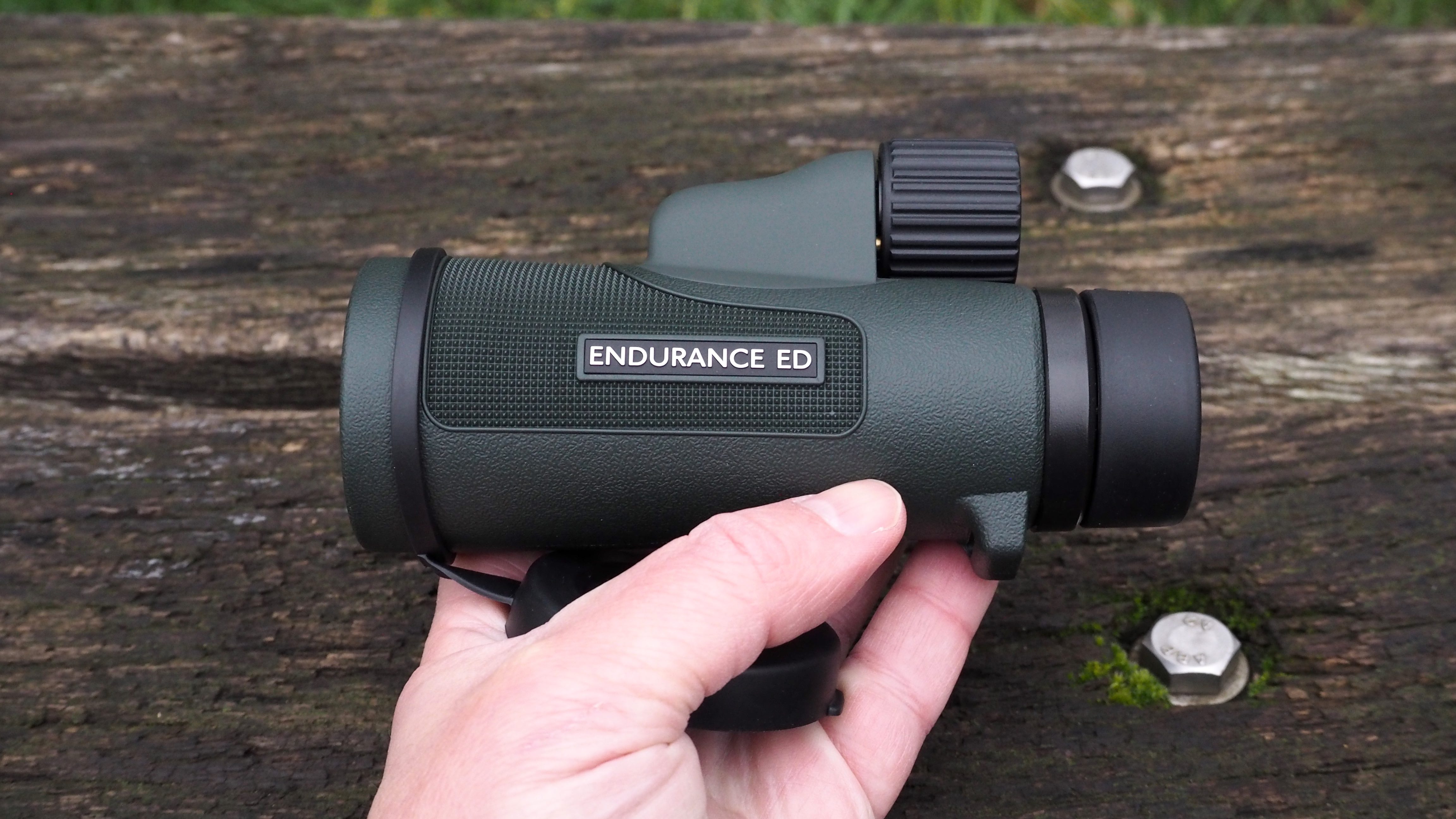
Best mini scope
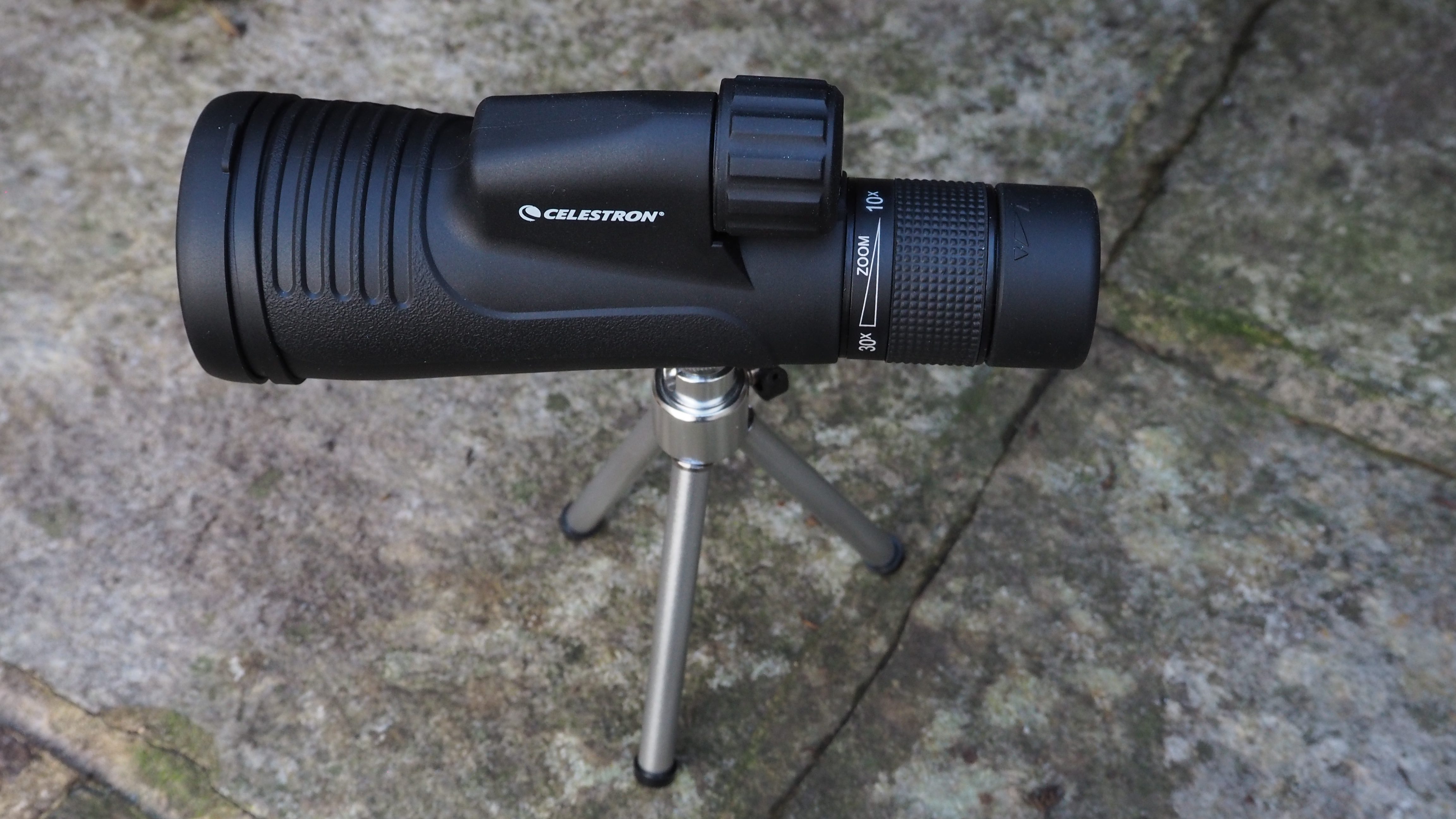
Specifications
Reasons to buy
Reasons to avoid
✅ Twist-Up Eyecup: Features a twist-up eyecup for enhanced viewing comfort, accommodating various eye relief preferences.
✅ Variable Magnification: Offers zoom capability up to 30x magnification, providing flexibility for detailed observations.
❌ Color Fringing: Some color fringing can occur at high magnifications, particularly at points of high contrast, potentially affecting image quality.
❌ Increased Bulk and Weight: The zoom feature adds size and weight compared to traditional monoculars, which may affect portability and ease of use.
This is technically more a spotting scope than a monocular: it offers zoom rather than a fixed view, with a consequent increase in bulk. But it’s still smaller than a traditional spotting scope, so let’s not overthink it. A mini tripod is provided if you find it too awkward to handhold for long, although I found it fitted in my palm quite comfortably when I tested it.
Your reward for the added size and weight is up to 30x magnification, controlled with a rear zoom ring, plus a twist-up eyecup for comfortable viewing. I enjoyed being able to locate my subject at the standard 10x setting, then zoom in quickly for a really good view, although I did see some colour fringing in points of high contrast while zoomed in.
Read more: Celestron Outland X 10-30x50 Monocular review
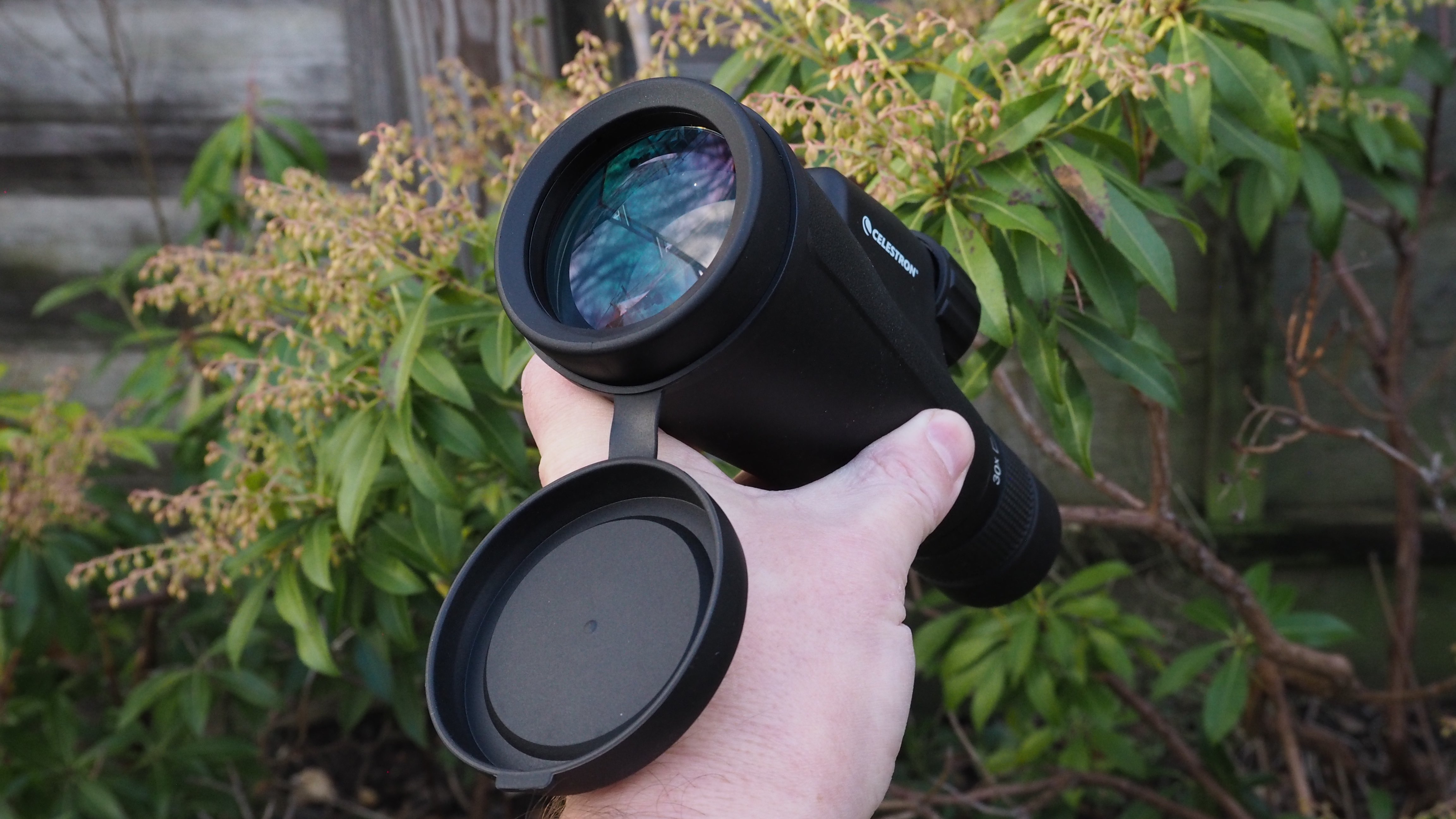
Best rugged option
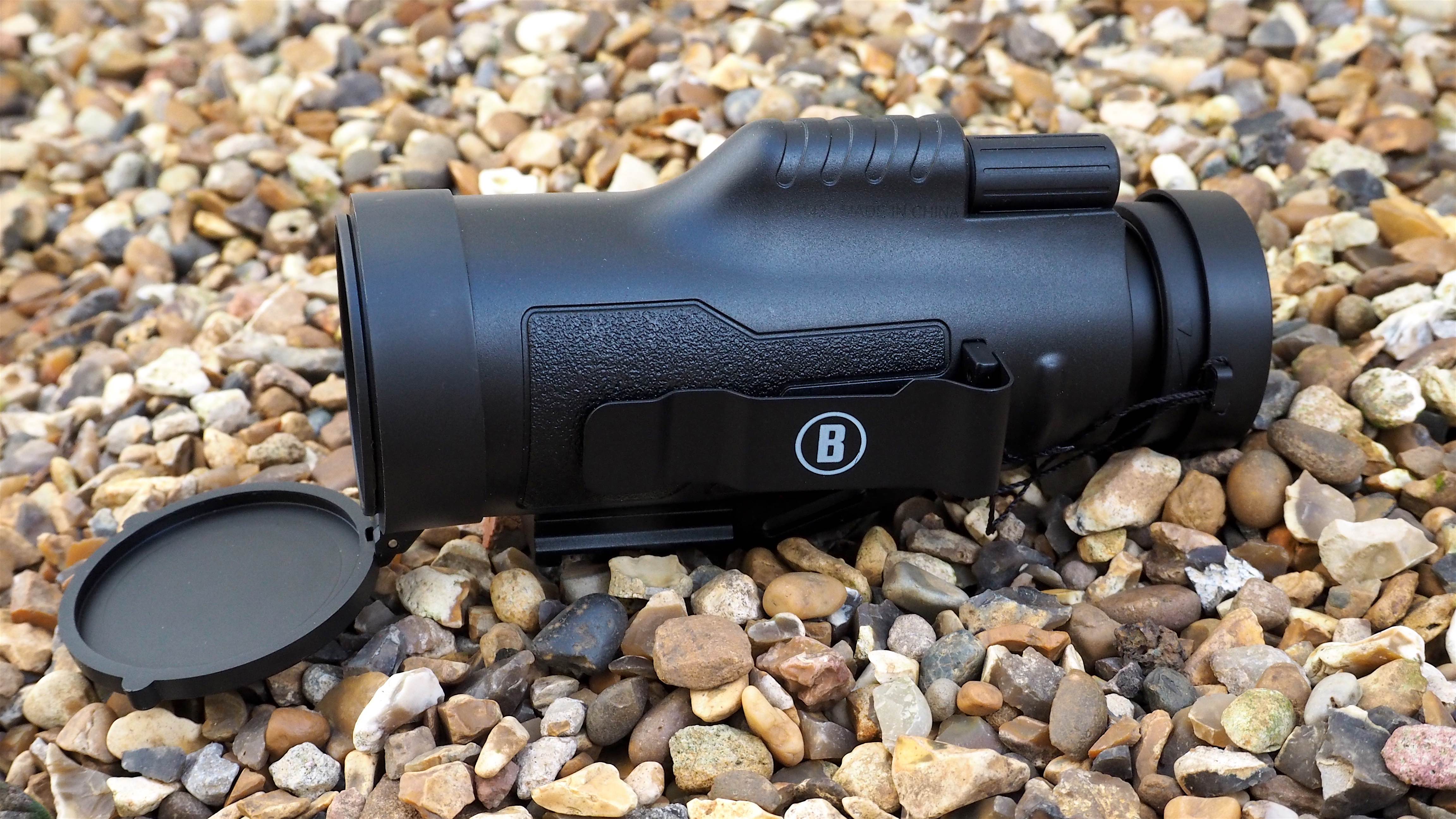
Specifications
Reasons to buy
Reasons to avoid
✅ Sharp and Clear Image: Provides a sharp and clear view with minimal fringing in high-contrast areas and only slight focus fall-off at the edges.
✅ Rugged Design: Features a durable, rubberized exterior that can withstand significant wear and tear, giving it a sci-fi-esque, tough appearance.
❌ Edge Focus Fall-Off: Although minimal, the slight fall-off of focus at the edges might be noticeable to some users, particularly in detailed observations.
❌ Bulky Appearance: The rugged design might make the monocular appear bulkier or less sleek compared to more streamlined models.
This monocular is so rugged it’s almost like a prop from a sci-fi movie – which may just add to your enjoyment in using it. The rubberized exterior means it should cope with plenty of knocks, and the end caps are both tethered so that you can’t lose them. It’s also waterproof and fogproof.
I was happy with the view during testing: the image is sharp and clear, with no obvious fringing in high-contrast areas and only a little fall-off of focus at the edges. The twist-up eyecup makes it easier to find a comfortable viewing position.
Read more: Bushnell Legend Ultra HD 10x42 monocular review
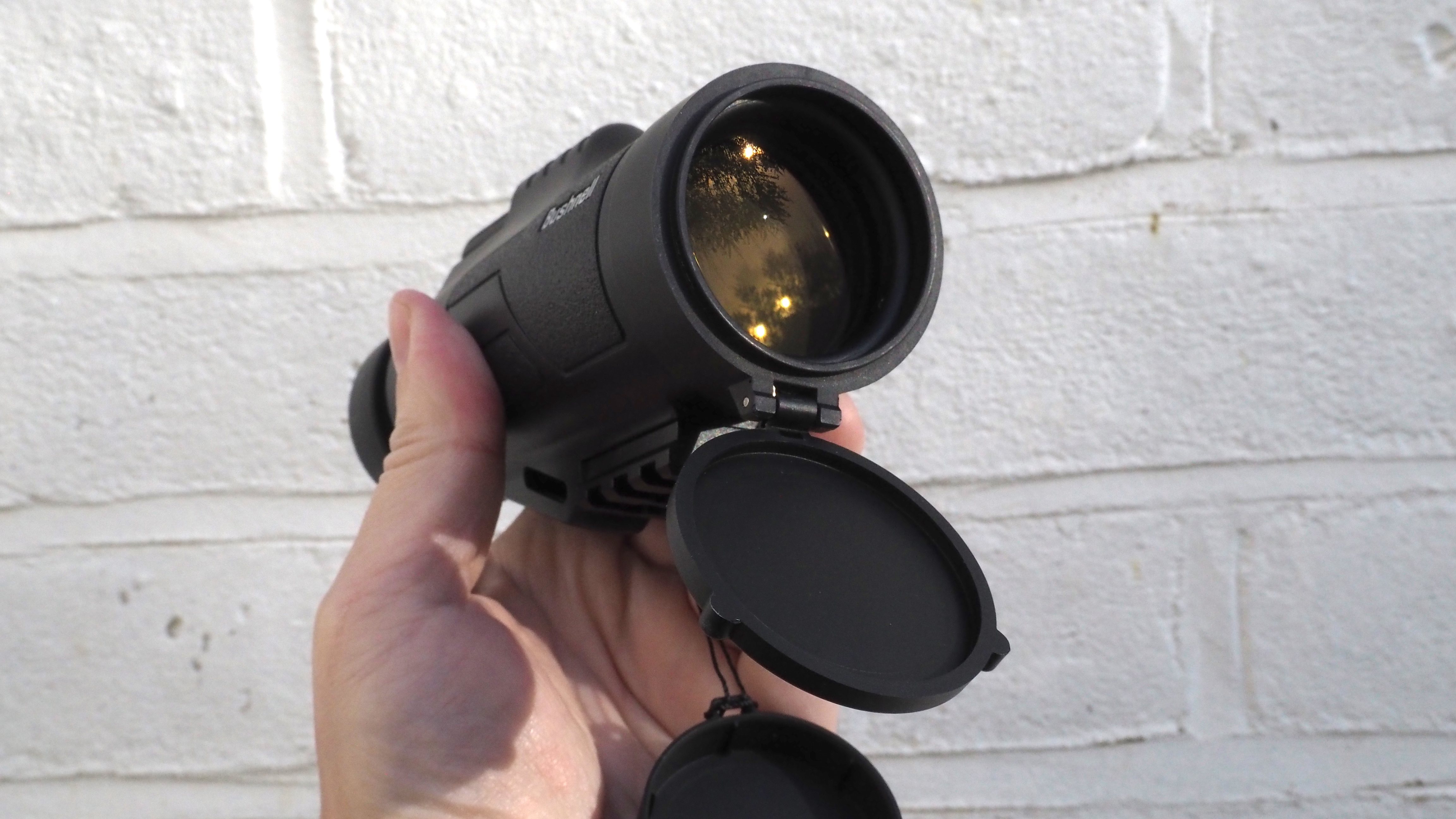
Best for ocean activities
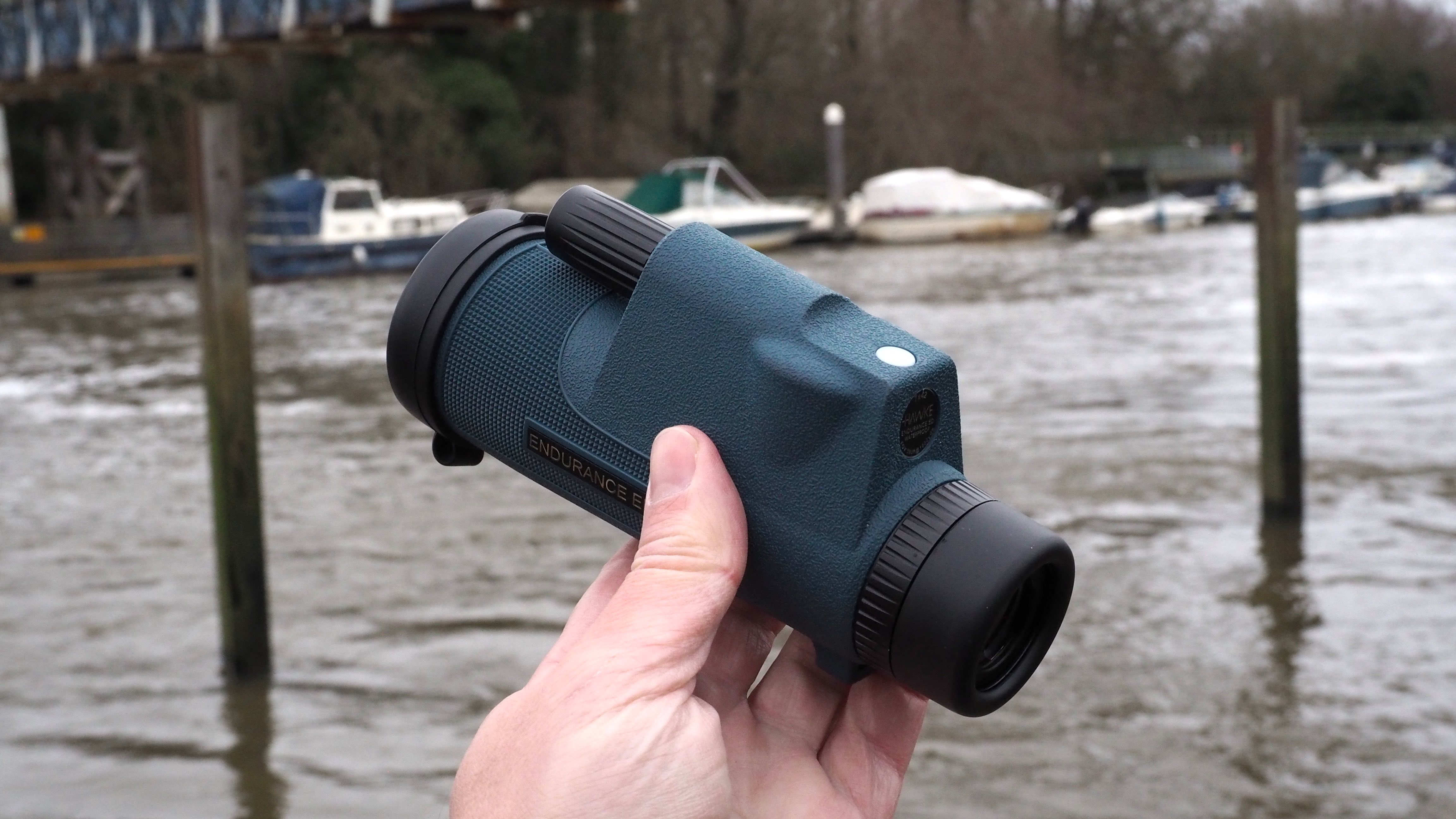
Specifications
Reasons to buy
Reasons to avoid
✅ Rangefinder Reticle: Features a rangefinder reticle to help estimate distances, which is useful for navigation and determining your distance from objects of known size (e.g., a lighthouse).
✅ High-Visibility Floatable Strap: Comes with a high-visibility, floatable strap that minimizes the risk of losing the monocular if it falls overboard.
❌ Limited to Maritime Use: The specialized features, while useful at sea, may not be as relevant or beneficial for users who intend to use the monocular in other environments.
❌ Potential Overkill for Casual Users: The maritime-specific features might be excessive for casual users who do not need distance measurement or a floatable strap.
This looks very similar Hawke’s own ED 8x42 monocular, but is specially adapted for use at sea, offering extra features that make it useful for maritime use.
You get waterproofing and fog-proofing to protect the scope on the high seas. And as with marine binoculars, you get supplied a high-visibility floatable strap – minimizing its loss should it get swept overboard. Just as useful this monocular has a rangefinder ‘reticle’ - which you can use to help work out your distance and help you navigate.
You do this by using the visible scale in the scope to measure an object of known size (a lighthouse, say) and thereby calculate how far you are away from it.
Read more: Hawke Endurance ED Marine 7x42 Compass review
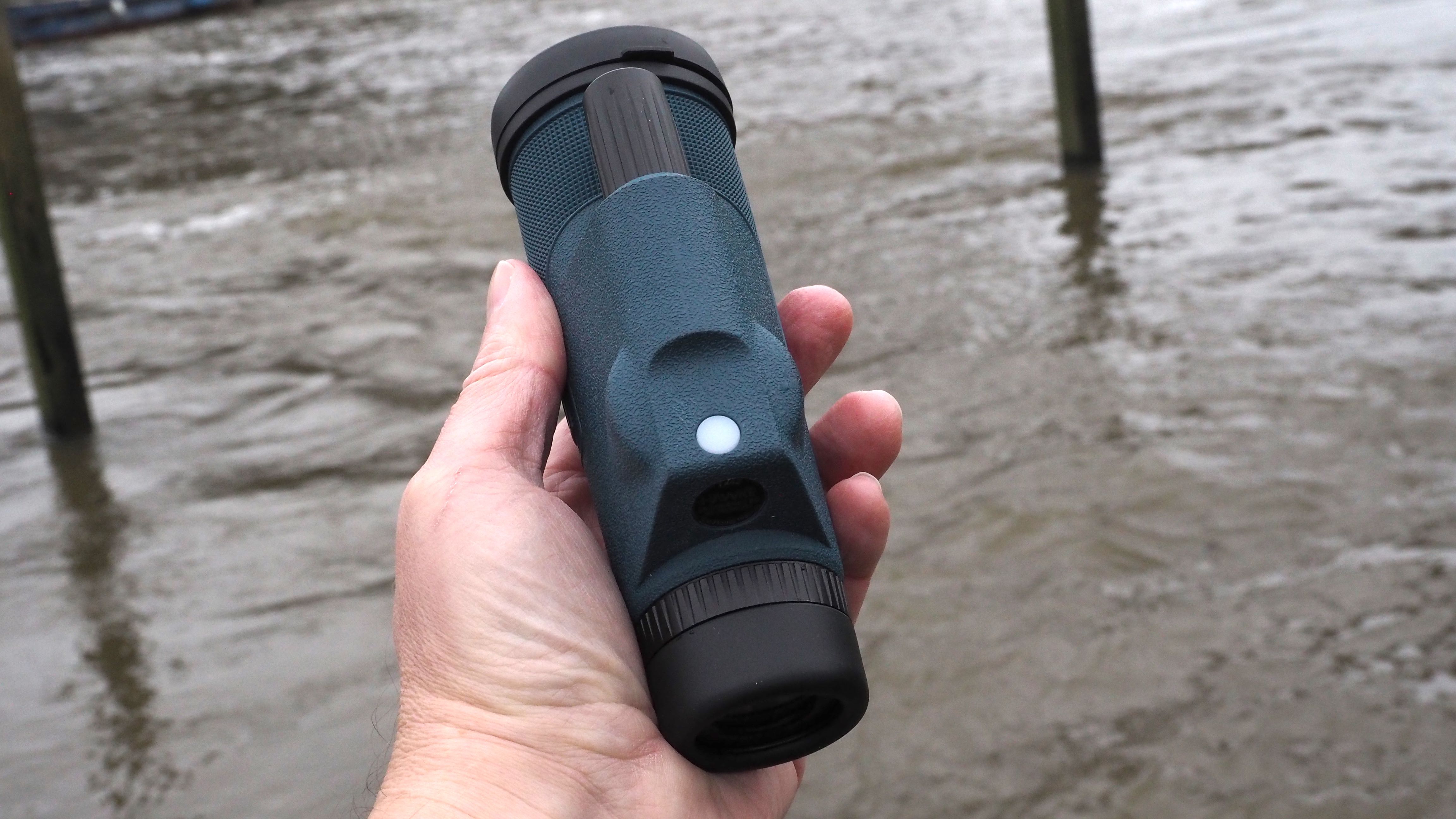
Best 2-in-1 device
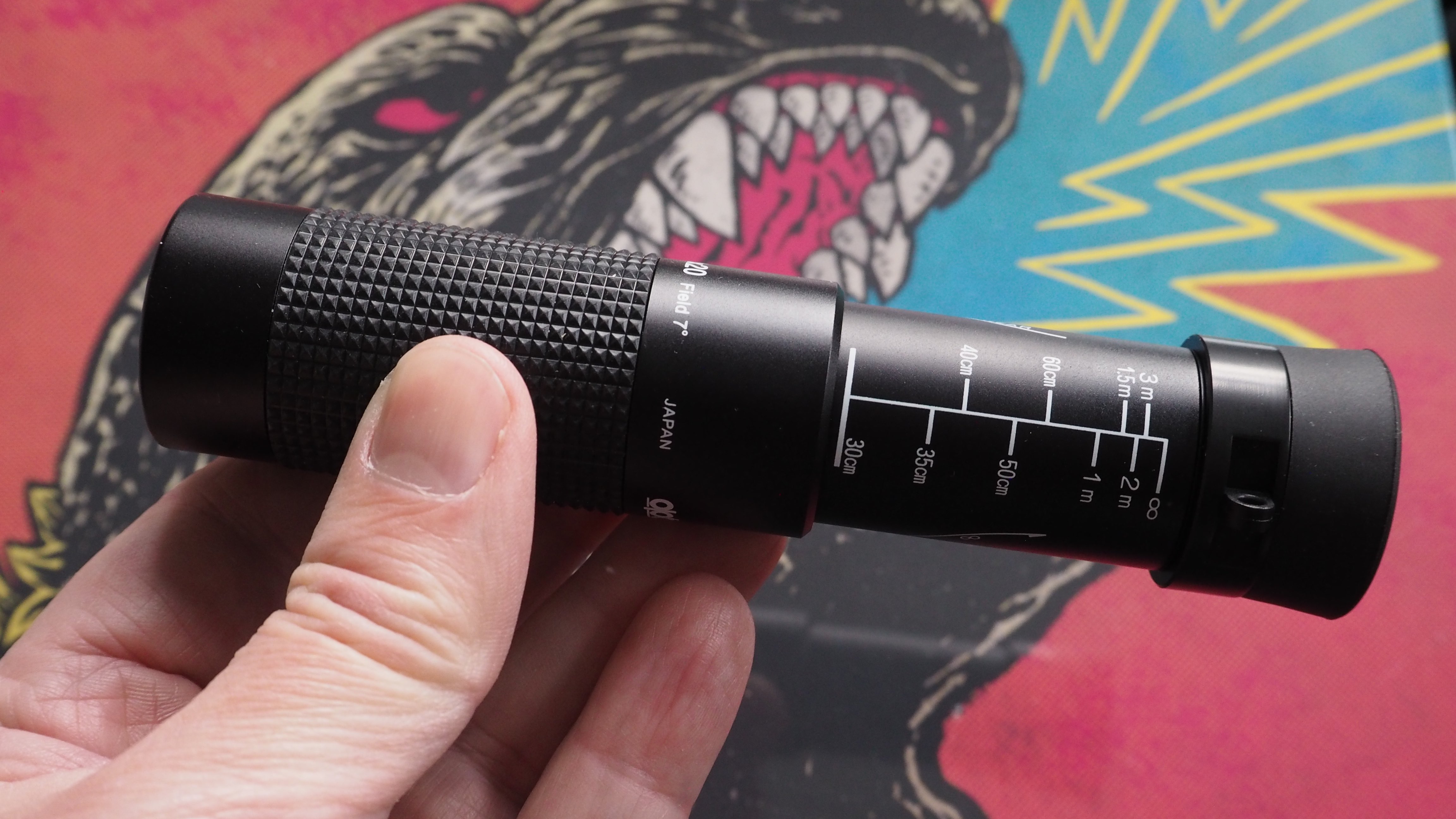
Specifications
Reasons to buy
Reasons to avoid
✅ Convenient for Birdwatching: The 8x magnification is suitable for birdwatching, while the close-focus capability adds flexibility for other detailed observations.
✅ Dual Functionality: Combines the capabilities of both a telescope and a microscope in one device, offering versatility for various types of observation.
❌ Limited Magnification: The 8x magnification might be considered routine and may not meet the needs of users seeking higher magnification for more detailed distant views.
❌ Specialized Use: While versatile, the ability to focus at such a wide range of distances might be seen as overkill for users who primarily need a monocular for a specific type of observation.
This device really stands out by being able to focus at virtually any distance, like a telescope and a microscope in one. The minimum focus distance is 30cm, at which point I could see specks of dust or the grain in a piece of paper. At the other extreme you can focus to infinity.
This isn’t the same thing as magnification, of course, which is a more routine 8x, but having one device you can use to birdwatch and examine close detail is very cool.
Read more: Opticron 8x20 Gallery Scope review
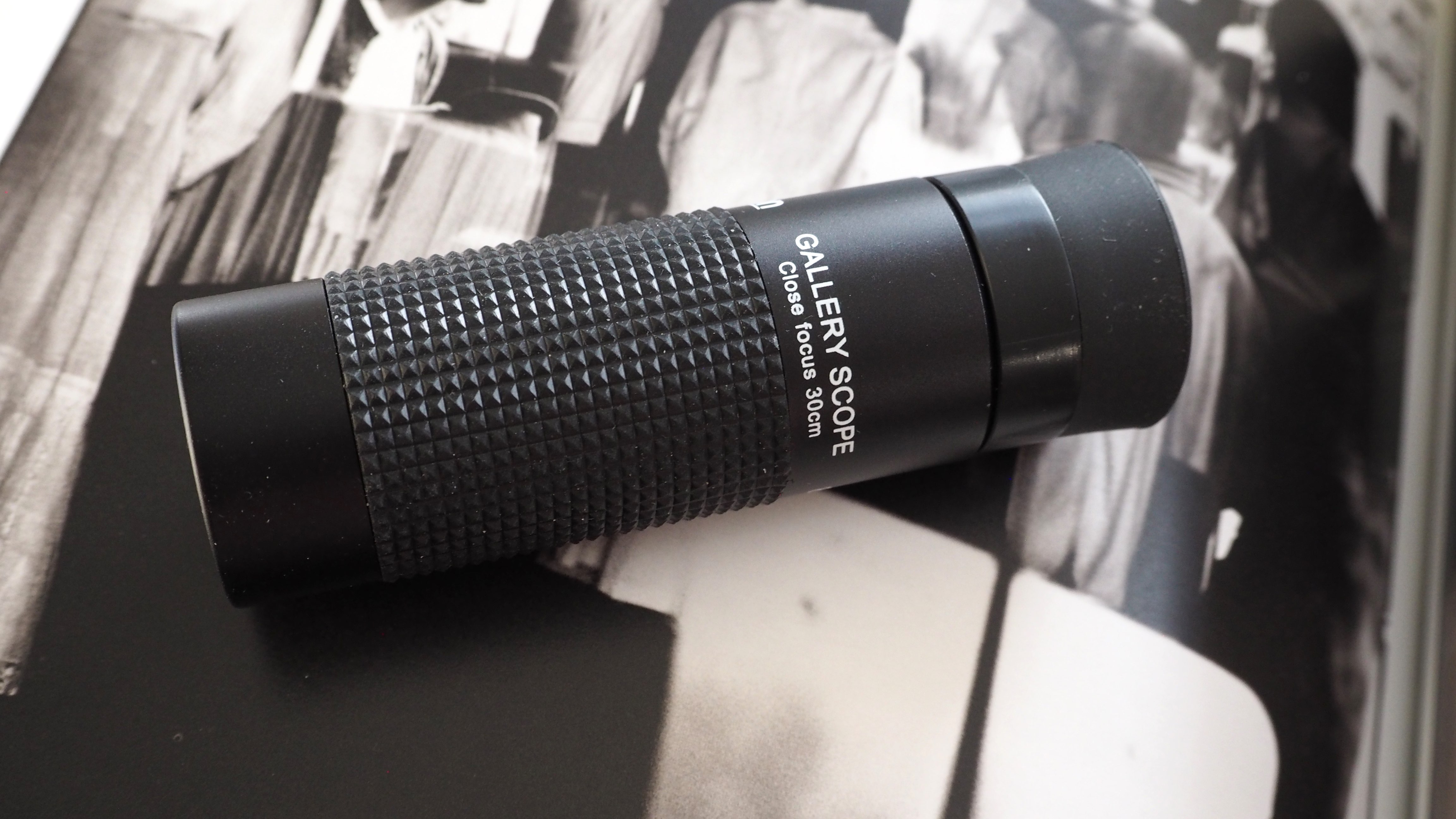
Best for night vision
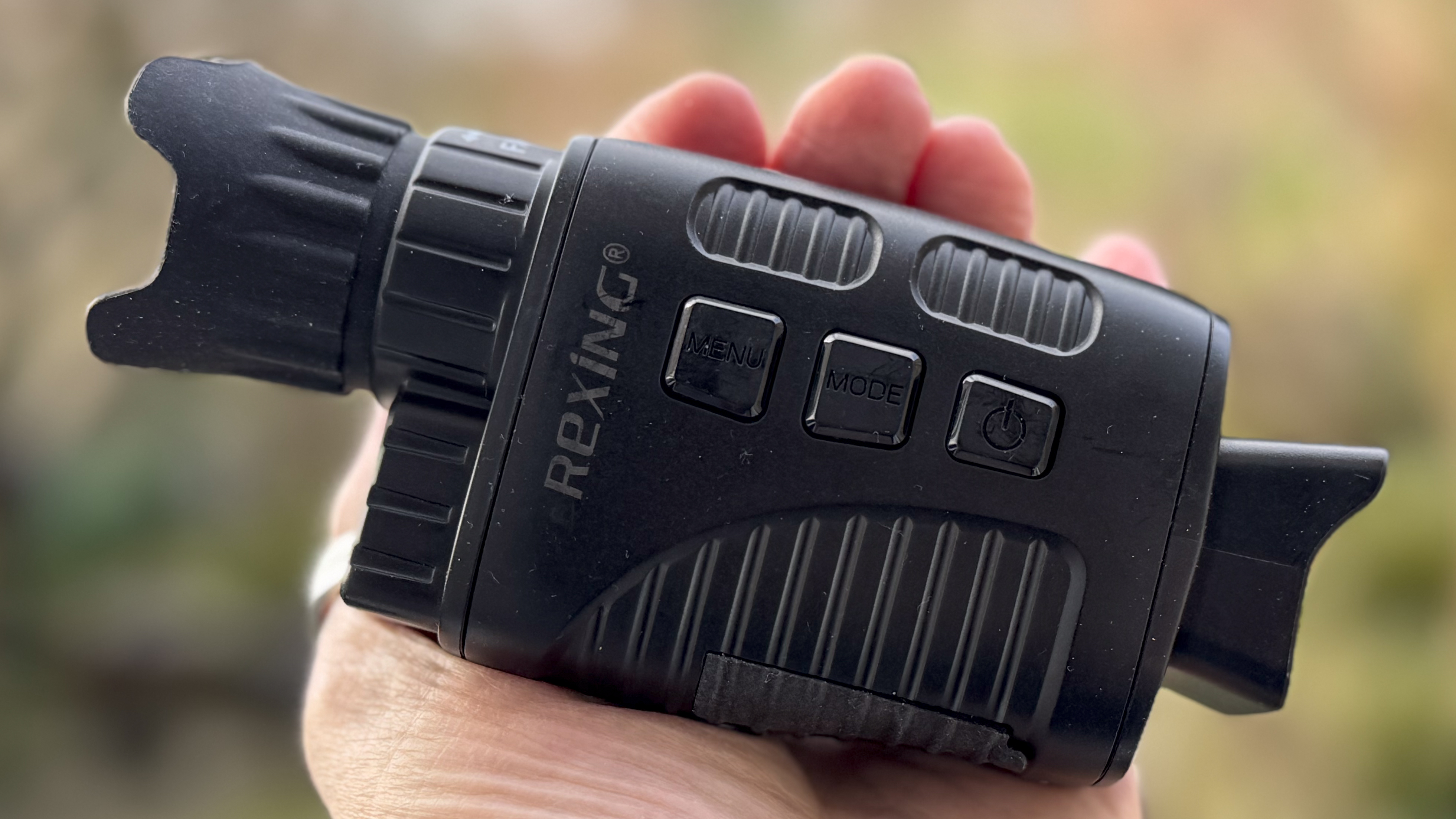
Specifications
Reasons to buy
Reasons to avoid
✅ You're on a budget: It offers great specs for the price making it a great for those new to night-time observations
✅ You're a beginner: Extremely user-friendly options, menu, and button layout make it great for those new to night vision.
❌ You want silent operation: Due to its low cost the buttons are rather clicky - which could alert wildlife to your position
❌Want High Res videos: Price is linked to performance and the B1 Basic images/video suffer from digital noise.
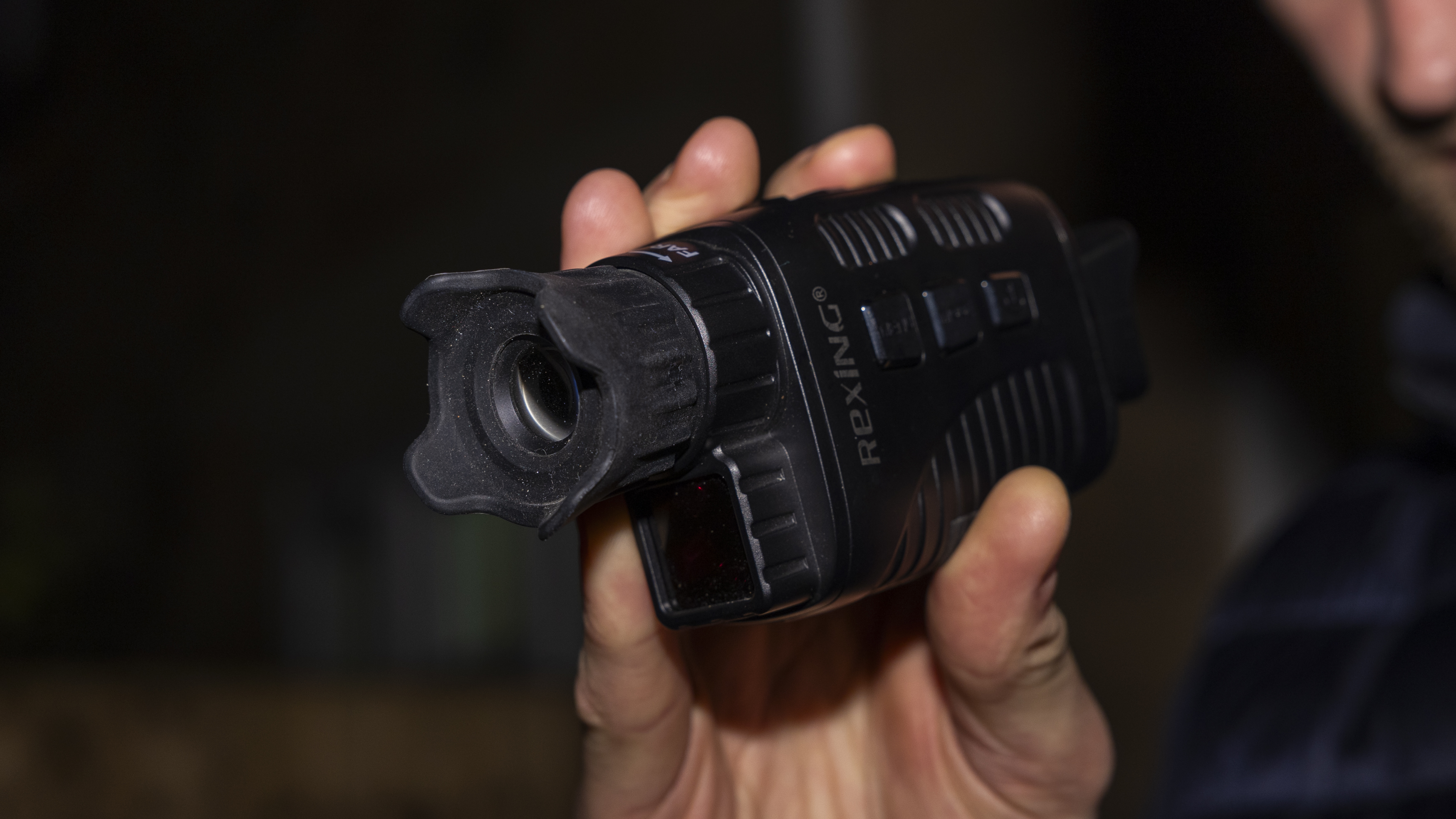
The Rexing B1 Basic is a practical and affordable tool, well worth considering if you enjoy nighttime wildlife watching, hunting, or outdoor activities like camping. It could also be a useful companion for astrophotographers navigating dark and rugged terrain to reach the perfect shooting spot.
I found the B1 Basic most effective for observing and monitoring surroundings rather than capturing high-quality images. Its 1MP CMOS sensor lives up to the "Basic" name—sufficient for identification purposes, but refocusing and reframing can be slow and cumbersome.
That said, if you're looking for a budget-friendly night vision device with a straightforward setup and don’t need top-tier performance or durability, this is a solid choice. Think of it primarily as a night viewer with the bonus of a built-in camera, and you’re unlikely to be disappointed.
Read our full Rexing B1 Basic review for more details
How to choose the best monocular
Monoculars vs binoculars: which are better?
A monocular provides magnification for a single eye, unlike binoculars, which are designed for both. This makes monoculars a more compact and lightweight alternative while still offering the same levels of magnification as binoculars.
They are ideal for on-the-go observation, easily fitting in your pocket or hanging around your neck for quick glimpses of wildlife or landscapes. However, if you plan to remain stationary—such as in a hide—or want to observe wildlife for extended periods, binoculars offer a more immersive, three-dimensional view.
Monoculars are also a practical option if one of your eyes has significantly better vision than the other. Additionally, because they are smaller and use fewer materials, monoculars are often more affordable than binoculars with comparable magnification.
What do the numbers mean, such as 7x42?
When choosing a monocular, there are three key measurements to consider. The most commonly advertised are magnification and lens size, which are often included in the product name (e.g., Opticron 8x42 Explorer). The third important measurement is the exit pupil size, which is calculated by dividing the lens diameter by the magnification.
For example, the Opticron 8x42 Explorer has an 8x magnification and a 42mm lens diameter. While it may be tempting to choose a monocular with the highest magnification, this comes with trade-offs. Higher magnification narrows your field of view, making it harder to spot and track subjects, and can be difficult to hold steady without support. In many cases, stronger magnification requires a tripod or built-in stabilization.
A larger lens enhances brightness and clarity, especially in low-light conditions, but also increases the monocular’s size, weight, and cost. The ideal combination of magnification and lens size depends on your specific needs and how you plan to use the monocular.
To determine how well a monocular performs in low light, calculate the exit pupil size by dividing the lens diameter by the magnification. For an 8x42 monocular, this equals 5.25mm. If you need good visibility in dim lighting, look for an exit pupil of 5mm or larger.
How we test monoculars
The best monoculars within this guide have all been field-tested for their image quality, portability, robustness, and suitability for specific tasks, such as wildlife observation and marine use.
Optical quality is tested in all weather conditions, on a sunny day we test for clarity in the optics and sharpness of the images produced, along with any image fringing. On an overcast day, we check for lens brightness and eye relief. We also check construction and weather resistance by testing the monoculars in this guide in the toughest conditions to make sure you're getting the best advice possible.
Get the Digital Camera World Newsletter
The best camera deals, reviews, product advice, and unmissable photography news, direct to your inbox!

For nearly two decades Sebastian's work has been published internationally. Originally specializing in Equestrianism, his visuals have been used by the leading names in the equestrian industry such as The Fédération Equestre Internationale (FEI), The Jockey Club, Horse & Hound, and many more for various advertising campaigns, books, and pre/post-event highlights.
He is a Fellow of the Royal Society of Arts, holds a Foundation Degree in Equitation Science, and holds a Master of Arts in Publishing. He is a member of Nikon NPS and has been a Nikon user since his film days using a Nikon F5. He saw the digital transition with Nikon's D series cameras and is still, to this day, the youngest member to be elected into BEWA, the British Equestrian Writers' Association.
He is familiar with and shows great interest in 35mm, medium, and large-format photography, using products by Leica, Phase One, Hasselblad, Alpa, and Sinar. Sebastian has also used many cinema cameras from Sony, RED, ARRI, and everything in between. He now spends his spare time using his trusted Leica M-E or Leica M2, shooting Street/Documentary photography as he sees it, usually in Black and White.
